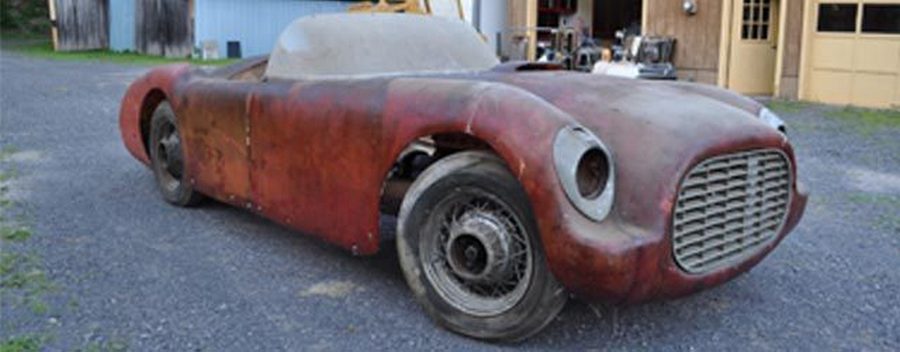
—————-
Note: This is the second in a series of articles on Jerry Gardner’s Voodoo Dream. Click here to review all articles in this series.
—————-
Hi Gang…
In the first part of this story, I introduced you to Jerry Gardner, his vision of a sports car, what it was based on, and how he went about building it. If you read part 1 of this story you know that Jerry was one special kind of guy – our favorite kind – consummate car guy! He had the courage and tenacity to create a vision, and bring it to reality.
So how far did he get? Let’s discuss
Jerry Gardner’s Voodoo Special:
By now each of you know how hard it is to conceive of a car, build a buck or plug for that design, pull molds and/or a car body, install that body, and finish the car. Average time reported in the ‘50s to complete these tasks? Answer: 2000 hours if you started with a fiberglass body like a Glasspar or Victress, and closer to 3000 hours if you decided to design and build your own body like Jerry Gardner did.
As you’ve heard me say before….2000 hours is 50 weeks of 40 hour weeks. If you add two weeks “vacation” to this, you get one full year of 40 hour weeks. Jerry and the men like him were ambitious and courageous – and I mean it. It takes me a full head of steam to clean my house. Thank god that only occurs once a year
In our first story about Jerry’s Voodoo Special, you saw the steps he carefully documented in color photos of the donor car, the chassis built, the drivetrain installation, the building of the wooden buck, the plaster plug and the final body.
And that’s where Jerry stopped – November 1956 when he was 22 years old and went into the service. When he returned home in January 1959 the car was perfectly preserved and ready to go. But Jerry, like many men of the time, now had more options and he bought himself a Jaguar XK120 and made it into his everyday car.
But he never forgot his Voodoo Dream and kept it inside – just as he left it in 1956 – until 2011 when I took over the reins of his dream of building a fiberglass bodied sports car. But learning about the car and the man is often an adventure in and of itself – and this one starts at my home in Tampa Florida – the day I left to pick up Jerry Gardner’s Voodoo Special.
The Adventure Begins: Bound For Kingston, New York
Rick and I were on a mission. How fast can you drive away from Florida and get back quickly too. Rick is better than this in terms of “speed” than I am. We left on Tuesday June 28, 2011, and arrived at Rick’s daughter’s house, the next day in New Jersey. “Rapid Rick,” I call him.
Of course since we were so close to New York City, we stopped there for a visit. I think we must have walked 10 miles that day. Midtown, Central Park, Madison Avenue, Radio City Music Hall…we had to see “everything.” And of course Rick wanted to see some of the new car dealerships. In one of the photos below, Rick is shown with a Maybach – on sale for $388,850. See the photo of the window sticker. Interestingly, we were only allowed to take pictures of the Ferrari dealership from outside. Inside they were friendly, but no photos allowed.
And the last place on our visit? Patsy’s restaurant in Midtown – but not for the reasons you think. We stopped there to check out the Bill Vaughan Singer Dealership location (1952) where Bill Tritt put together the Vaughan-Singer Glasspar in 1952. You didn’t think we were just having fun now, did you?
John Buzby, The Gazelle, Phil Fleming, and The Devin
My Suburban doesn’t drive in a straight line – it sniffs out fiberglass, fiberhistory, and friends on every single trip. Our next stop was to visit John Buzby who, with Jim Craig, built the first and only known Gazelle Sports Car in 1953. This was later called the Navajo. Here are pictures of both Rick and I with “Buzby” – as he’s known.
After a great breakfast and conversation across the gamut of topics, we were off for a visit and BBQ with Phil Fleming Devin owner and restorer. Click here to review Phil’s story on his Devin sports car.
Arriving in Kingston: The Voodoo Special
Our third stop on July 1st was our “fiber-stop” – the Voodoo Special. We arrived late in the day, but thankfully it was still light enough for some photos. Let’s see what the Voodoo looks like today:
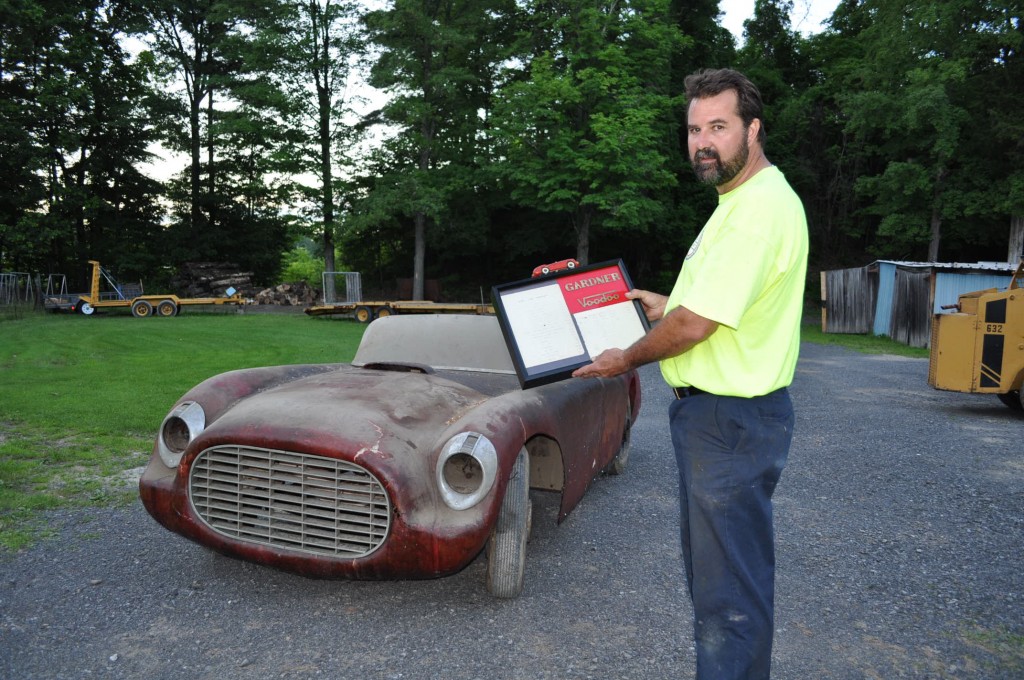
Craig Gardner, Jerry’s Son, With Shadowbox His Father Built Of Memorabilia Of The Gardner Voodoo Special
Loading The Voodoo Special
By the time we took pictures and talked a bit – it was night. On our trips, I bring 4 totes of ratchet straps – and always seem to need more. The challenge is to tie the chassis down and then the body to the chassis and/or the trailer. If the body is loose – like it was in this case – you have to take particular care that the chassis is strapped tight to the trailer and doesn’t bounce. If you can do this, you can tie the body to the trailer since the chassis won’t move – and that’s what we did in loading the Voodoo in the pictures below.
Visiting With Pat Amendolia (TDX) and Darren Crispin (Multiplex)
The next day, July 2nd, was a visit with Pat Amendolia in Pennsylvania. Pat has helped us document the creation of his friend’s car in 1952 – Jim Rockefeller and Warren Shiber’s Rockefeller Yankee. He also built his own car back then, bought the U.S. Mark II bodies when the company went bankrupt, and built his own fiberglass car in the ‘60s called the TDX. Click here to review Pat’s story on how he built his first fiberglass sports car.
The photos show Pat with Rick below.
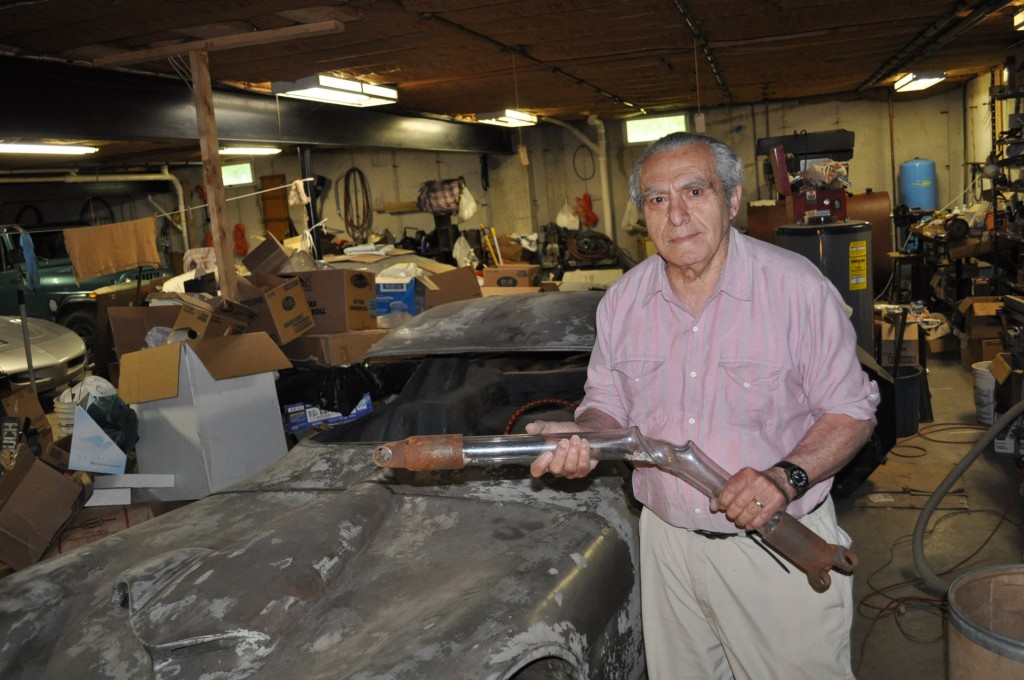
No – Pat’s Not Coming After The Photographer (me) With A Weapon. Here’s Pat Amendolia Showing A Twisted Driveshaft Made From Plastic From His TDX Sports Car. Pat’s TDX Is In The Background.
Then, off next to Darren Crispin in Berwick, Pennsylvania to learn more about his family, his cars, and the Multiplex legacy. There were two fully built Multiplex cars back in the ‘50s and plans for many more. Here are some photos from that visit:
After leaving the Crispin family, we headed to Wilkes-Barre, Pennsylvania for an overnight stop:
Another Car To Save! The CRV Roadster
Then…by gosh…we remembered! Nick Whitlow, our good friend and CRV historian reminded us there was a CRV roadster body to save in West Virginia. We were headed south to Florida so with a bit of creativity we navigated our way to the CRV – but where to put it? And then I remembered….I had extra ratchet straps! That solved the problem and away we went:
And finally….after dropping Rick off at his home in Ormond Beach, Florida…..I was home. I carefully parked the trailer, the cars, and my Suburban in the driveway – attentive to the fact that I didn’t want to make a scene or have my driveway look anything out of the ordinary. I just wanted to fit in with the rest of the neighborhood:
So how do I fare on such a trip – 8 days in all? Before getting out of the car at home, I took the following pictures. You can judge for yourself:
Scary, isn’t it???
Summary:
The process of saving cars, history, and legacy is an adventure for me and those that I meet along the way on this fiberglass journey. And as you can tell, I have met some very special people and made memories and lifelong friends too.
As you’ve come to learn over many stories here at Forgotten Fiberglass, I’m honored to document and celebrate the untold stories of years gone of the by young men who dreamed they could build a fiberglass sports car – and did. Jerry Gardner was one of those men.
After a long illness, Jerry passed away in February 2012. He was 77 years old. Click here to review more about Jerry’s life as reported in “The Daily Freeman Newspaper” on February 7th, 2012.
With many of the people I write about, I have the opportunity to get to know, and in some cases become friends with the family and those close to the person involved. This is no exception with Jerry Gardner and I’m honored to call Jerry’s son, Craig Gardner, and family friend, Al Spada, friends and honored guests of our Forgotten Fiberglass group.
Recently, Jerry’s wife, Kathleen Gardner, had a chance to review part 1 of this story. Here’s what she had to say:
“Hello…
I am Jerry Gardner’s wife and cried through the whole story & pictures that you wrote (click here for part 1 of this story). It was beautiful & he would have been so proud. As you know Jerry had a dementia and died February 4, 2012. He was a wonderful talented man and I had him for 50 years. Now he is at peace & looking down on us. Thank you
Kathleen A. Gardner”
Some of the stories we share here are more than just “stories” about a car. They give us insight into the man – in this case a very special man – and allow us a glimpse of what was possible with a dream, determination, and guts.
Jerry was such a man, and I dedicate this story to Jerry, his family, and friends.
Hope you enjoyed the story, and until next time…
Glass on gang…
Geoff

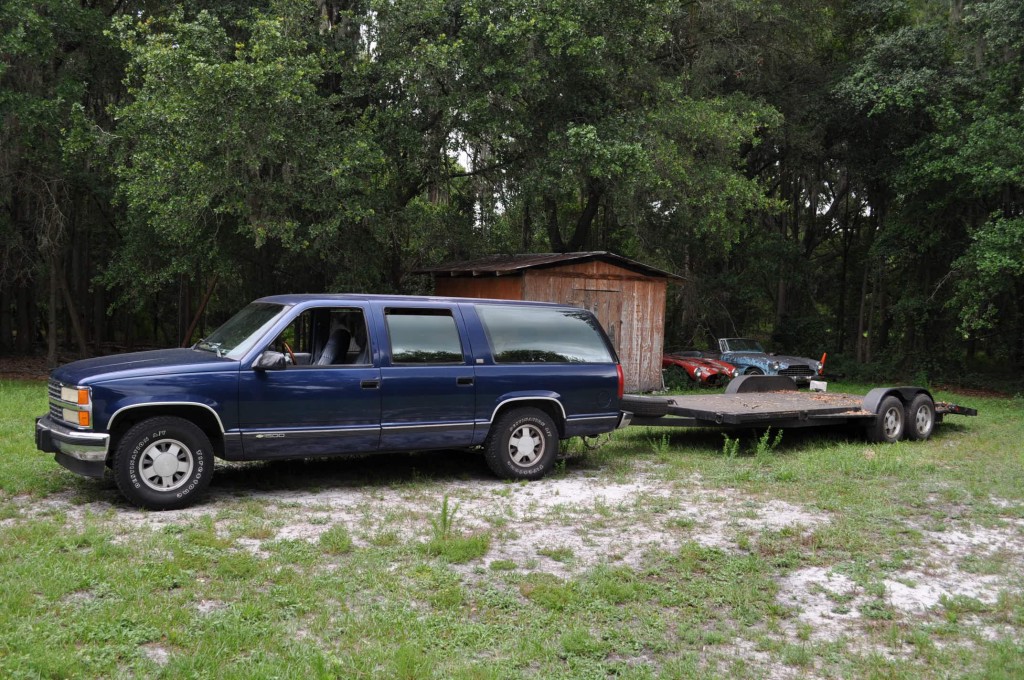
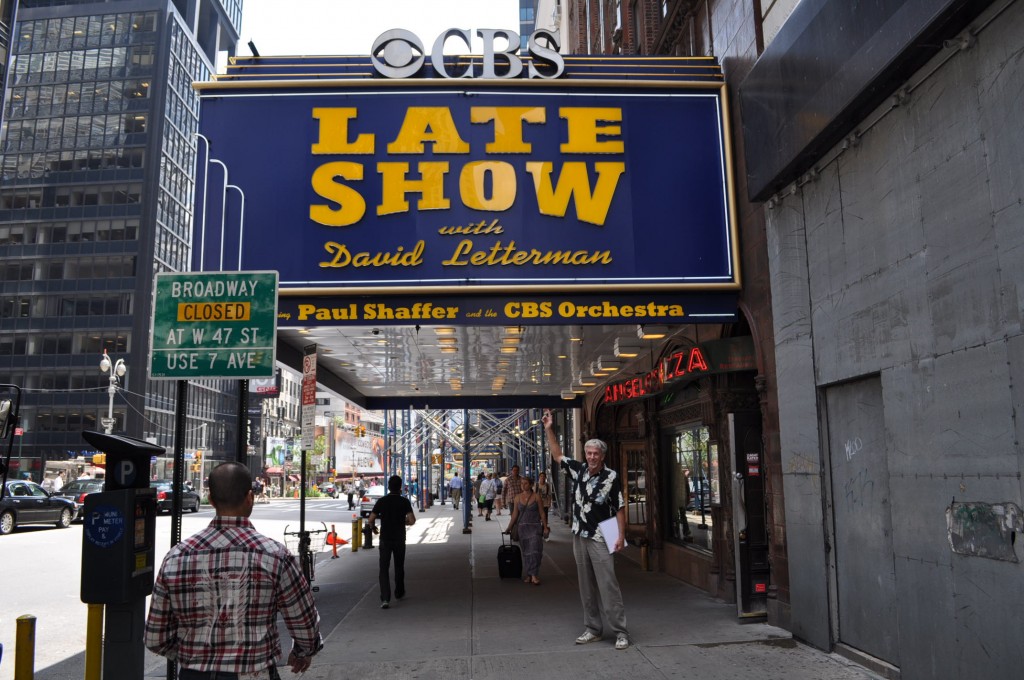
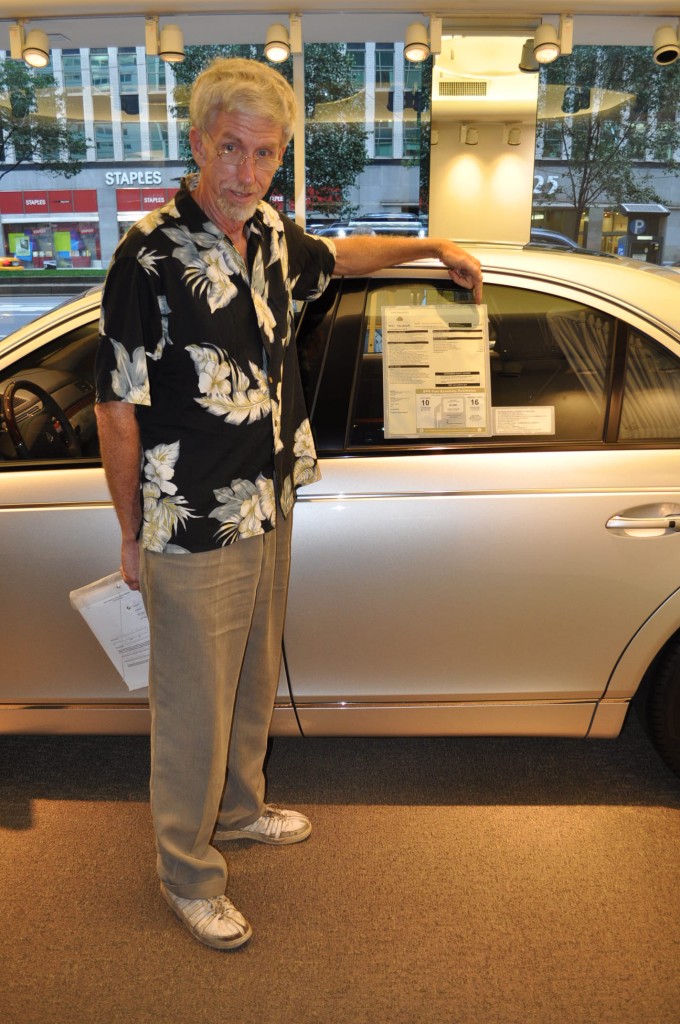
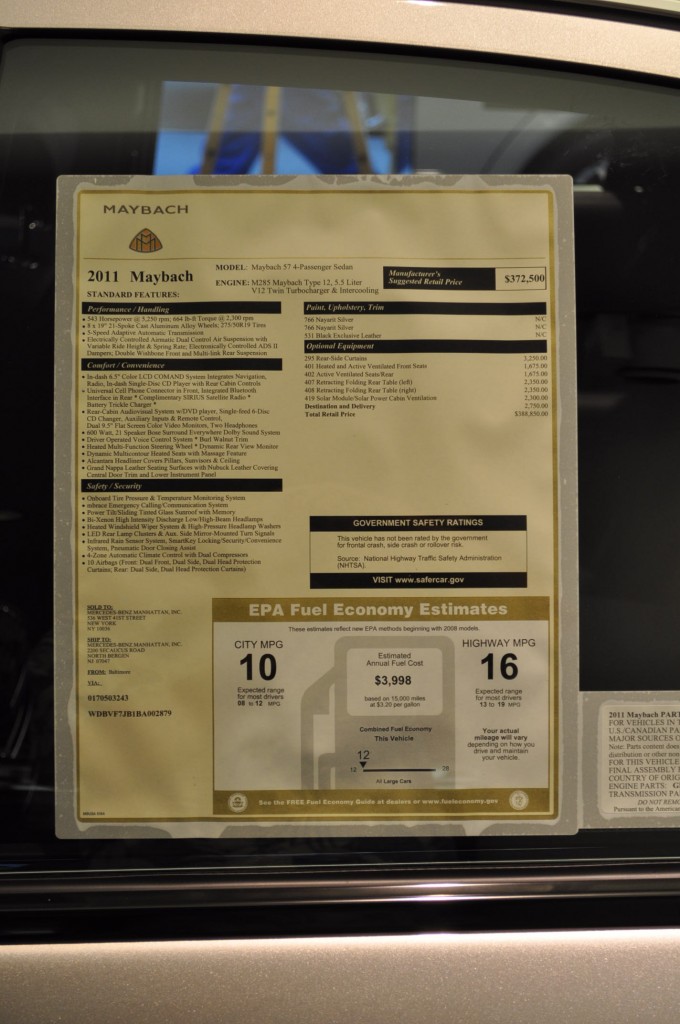
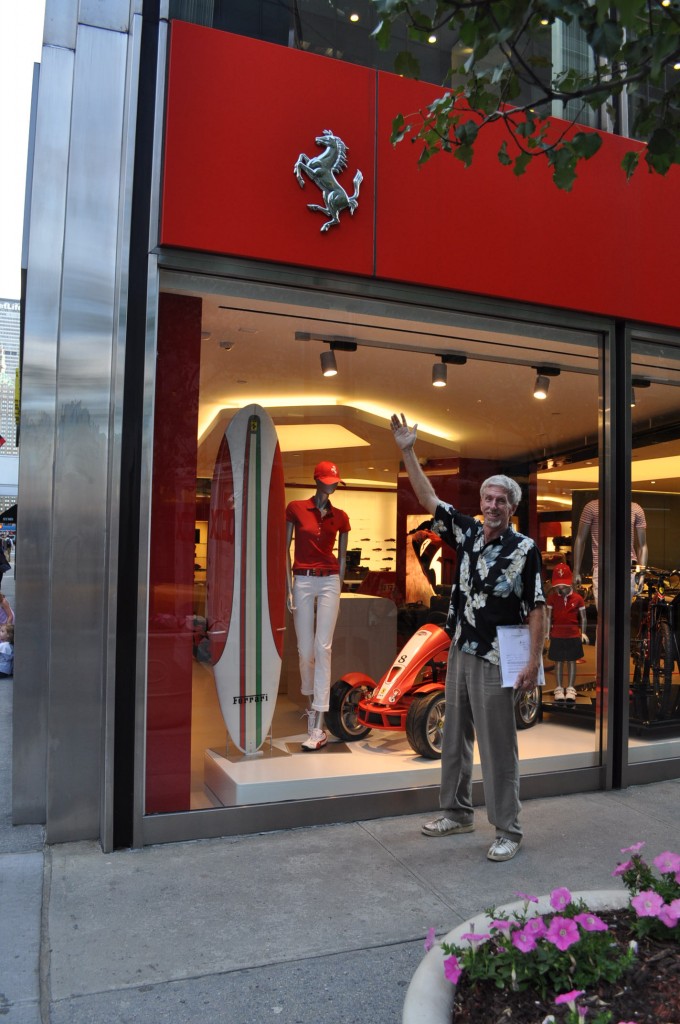
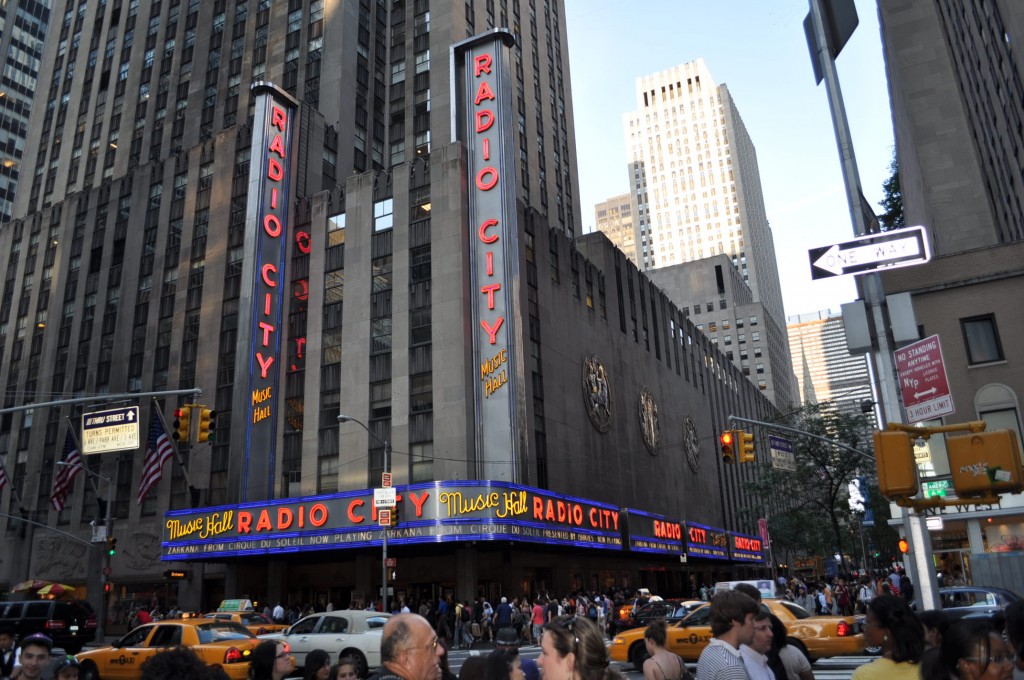
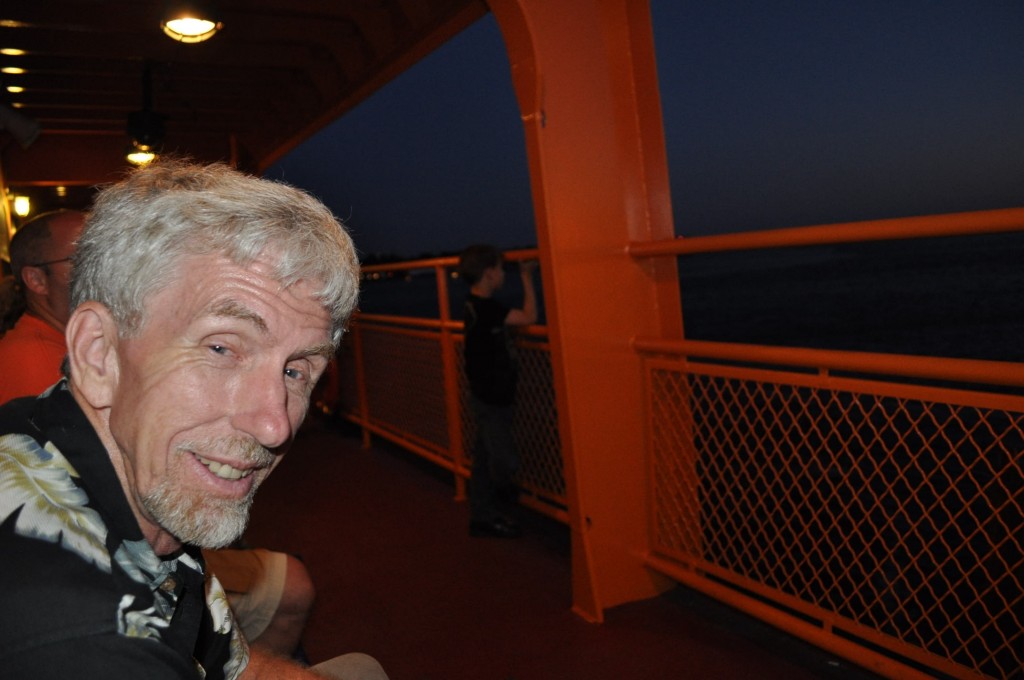

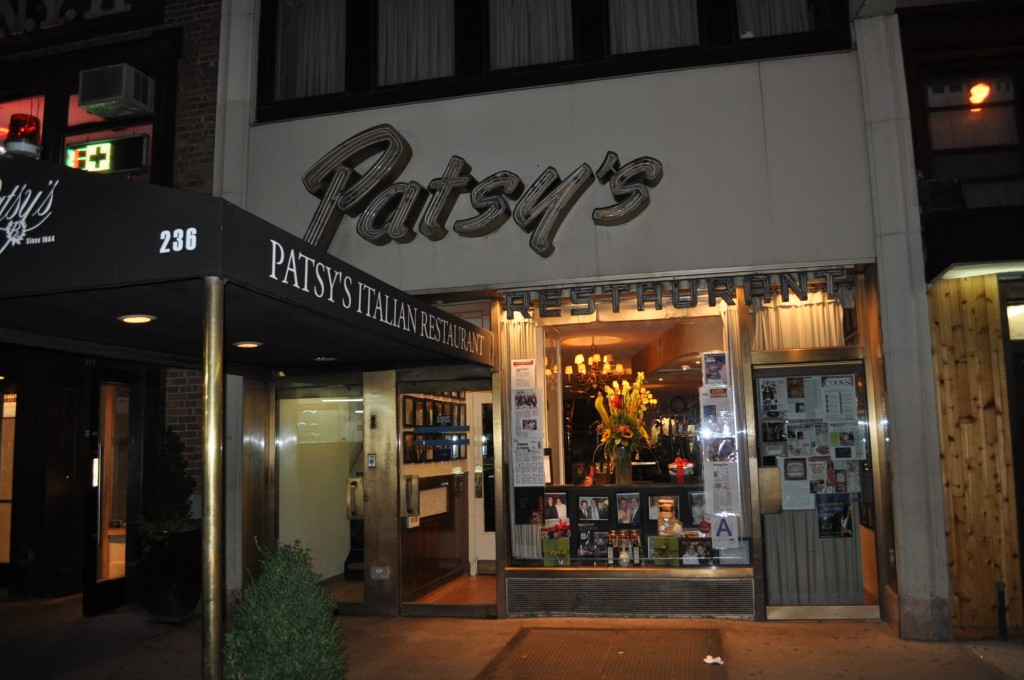
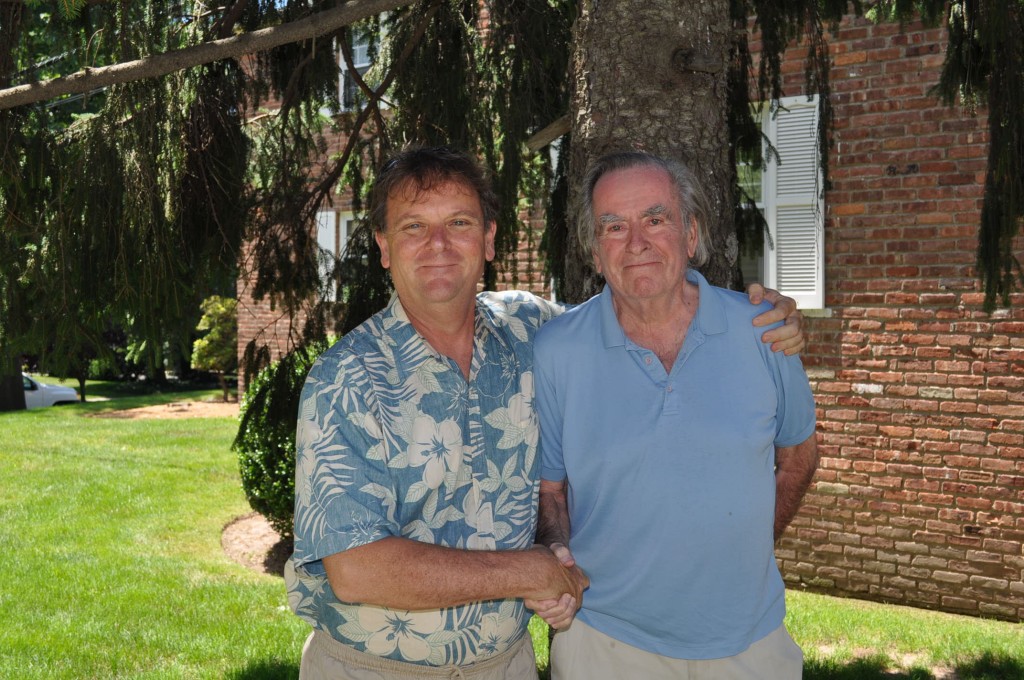
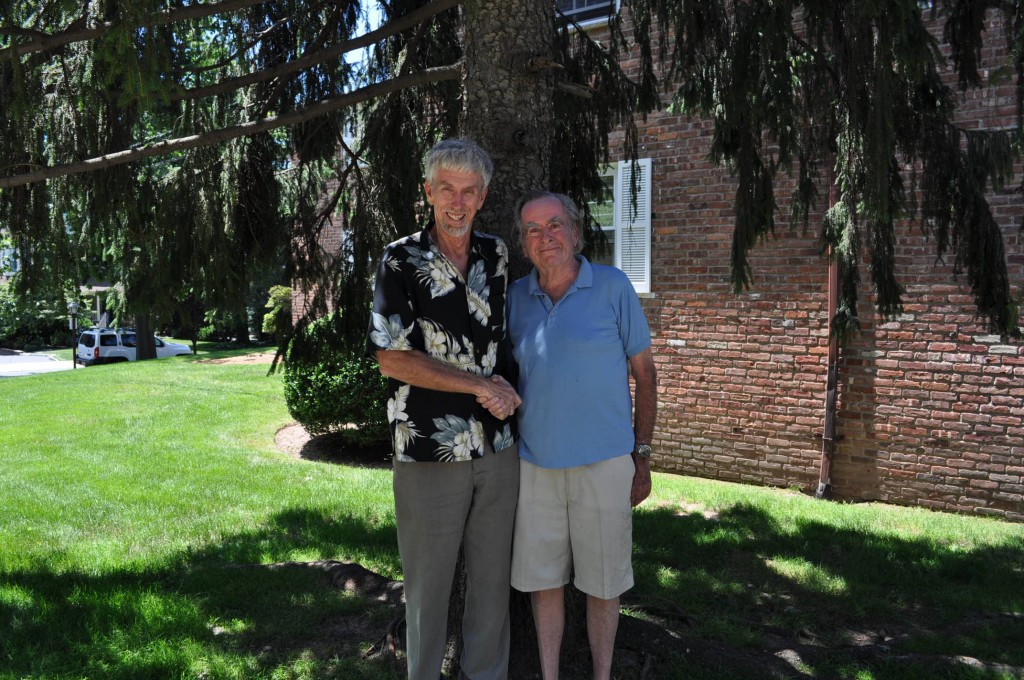

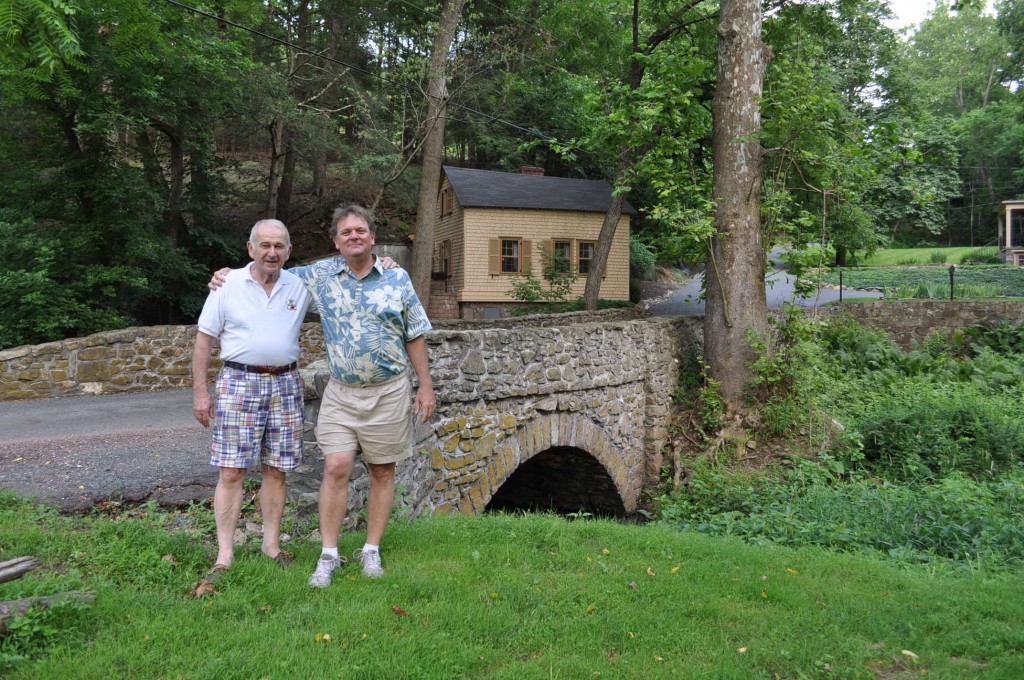
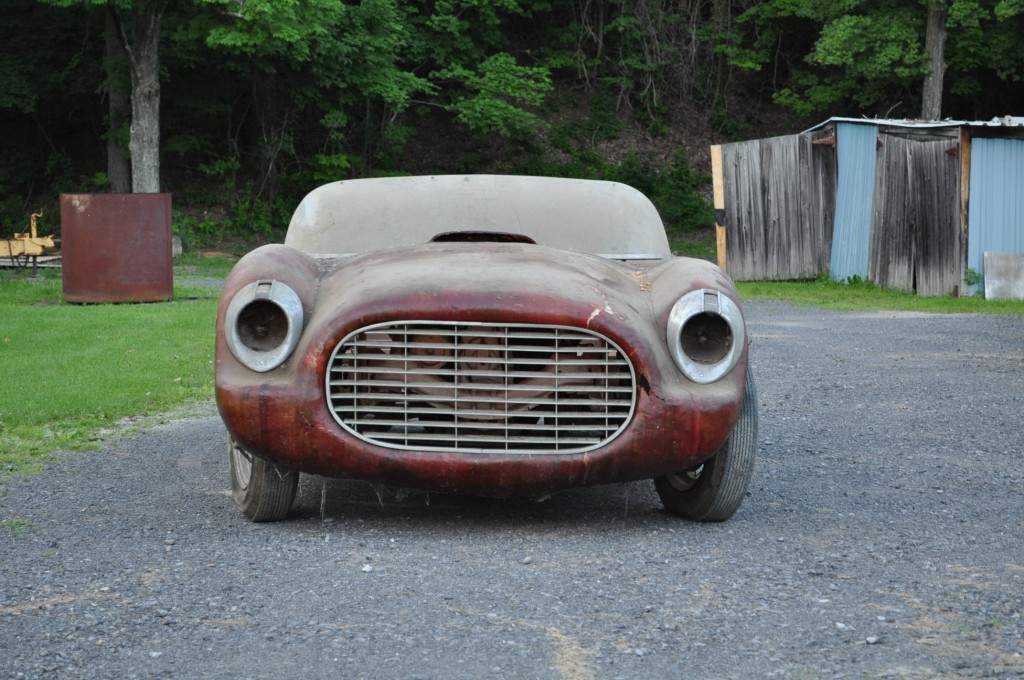
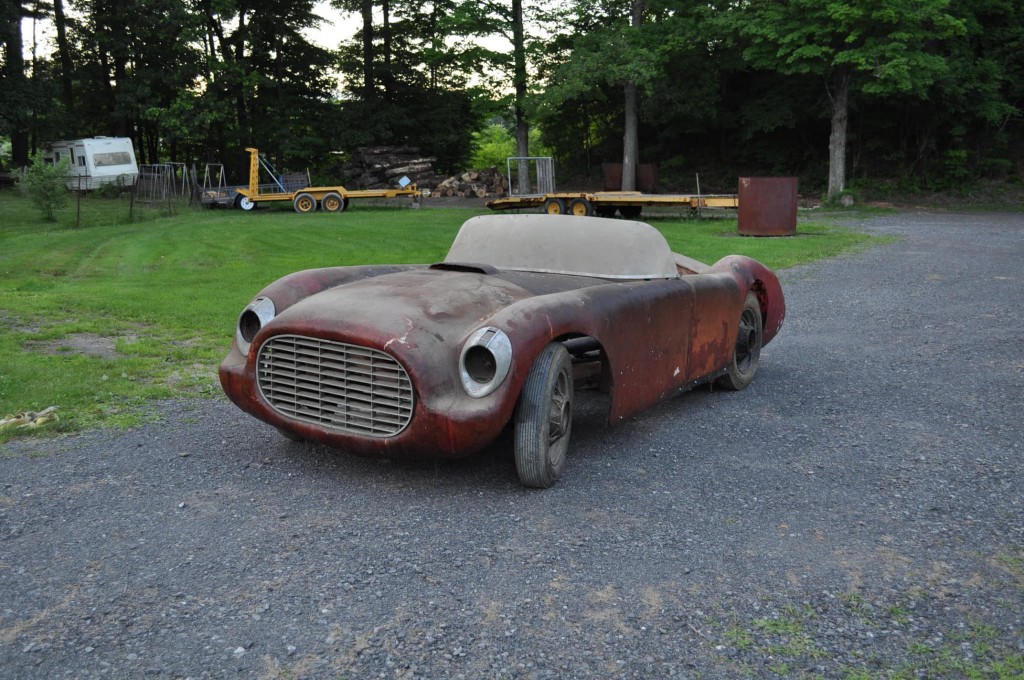
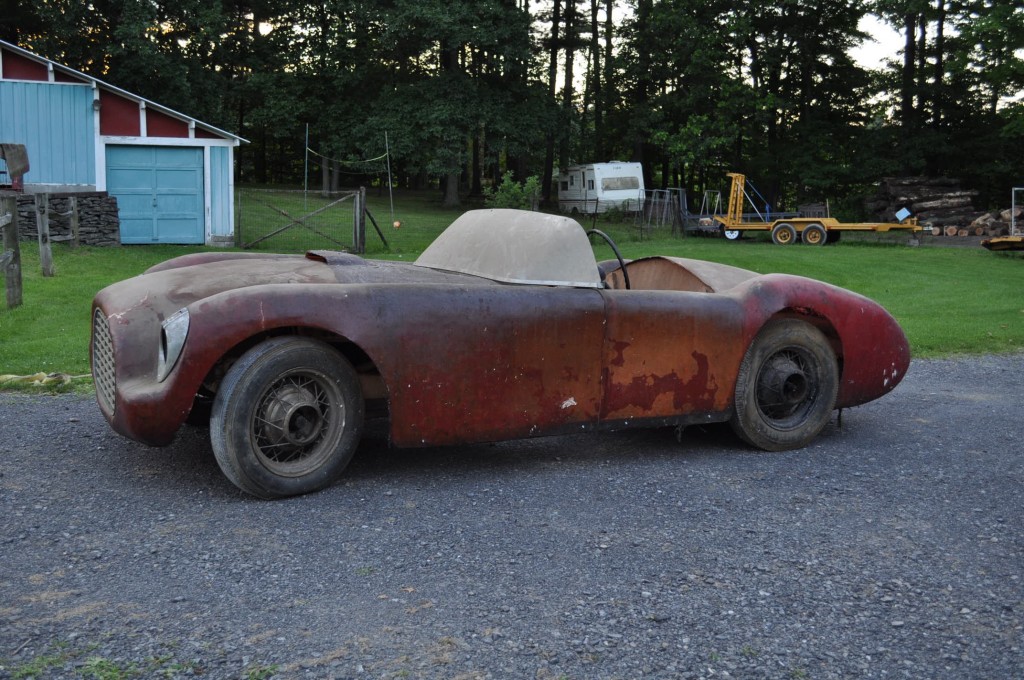
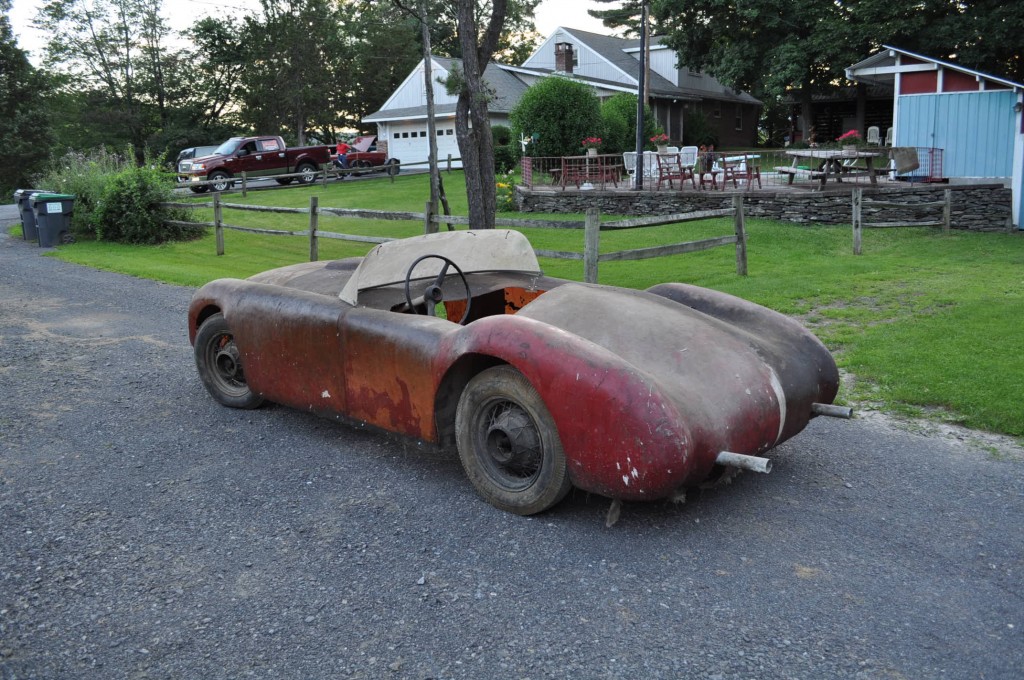
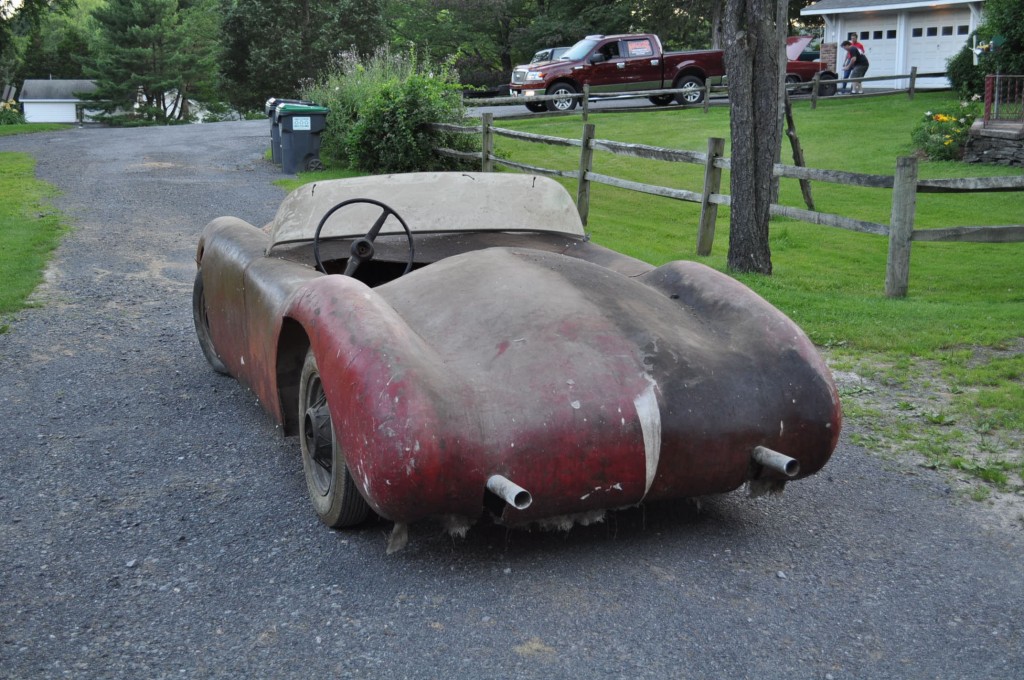
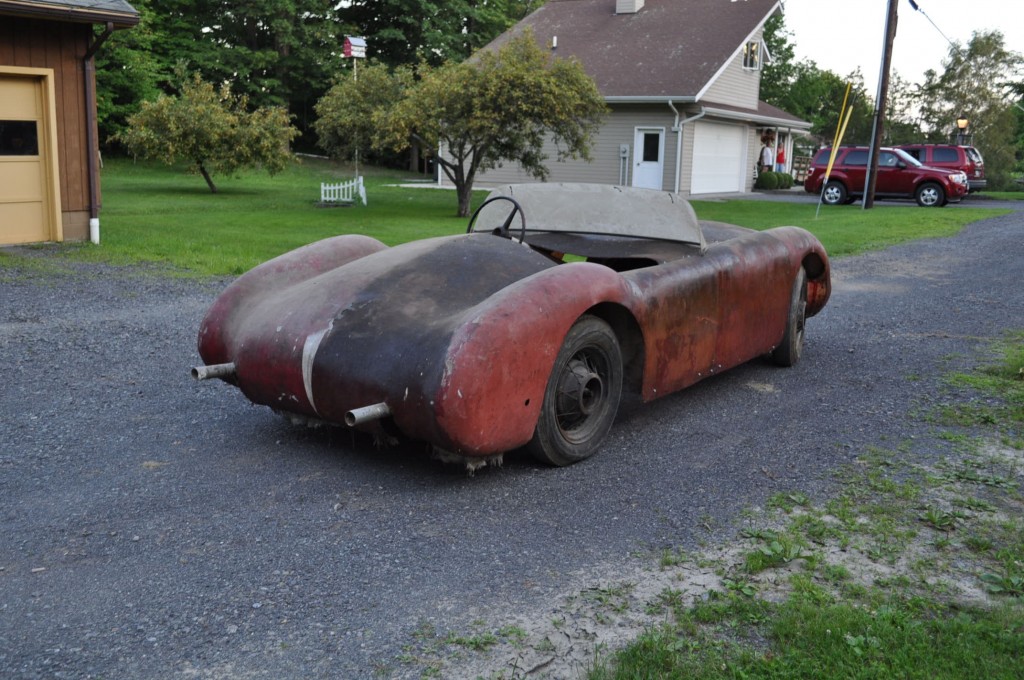
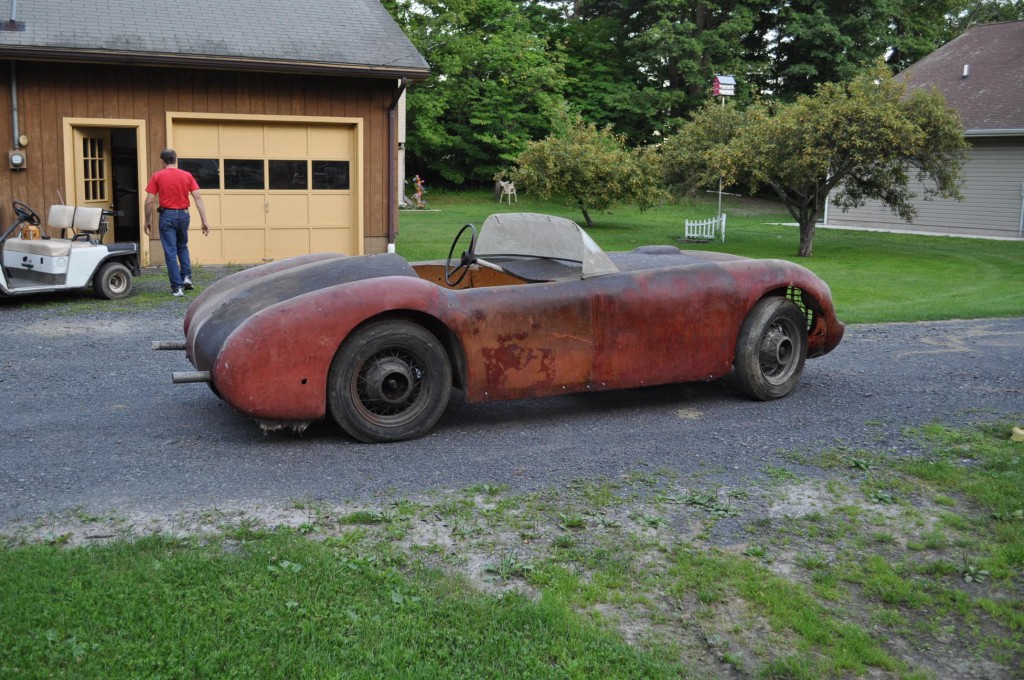
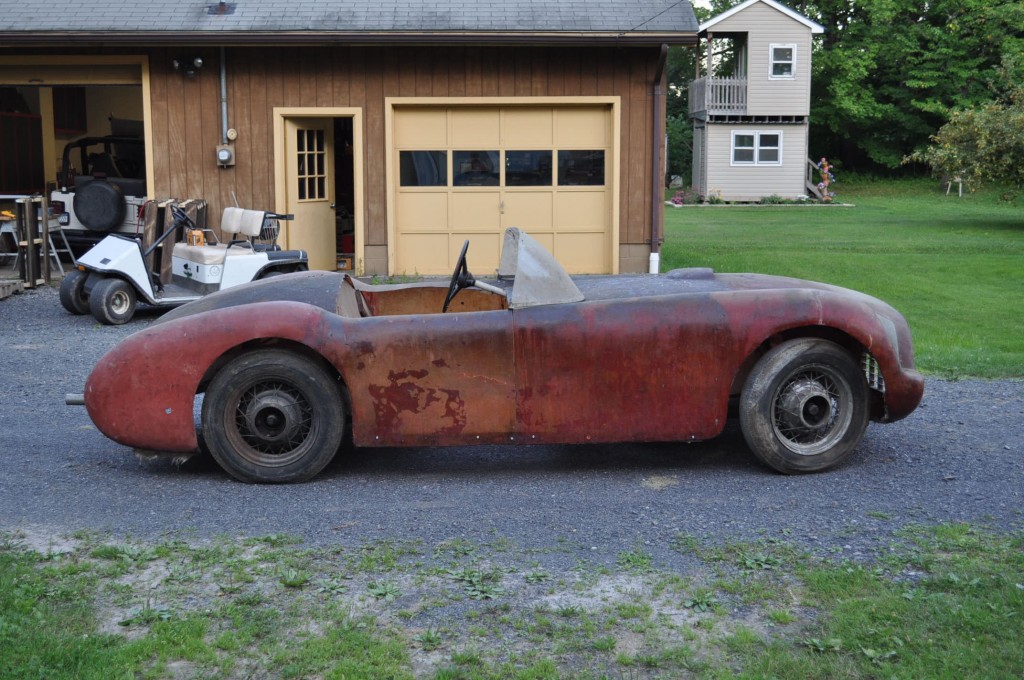
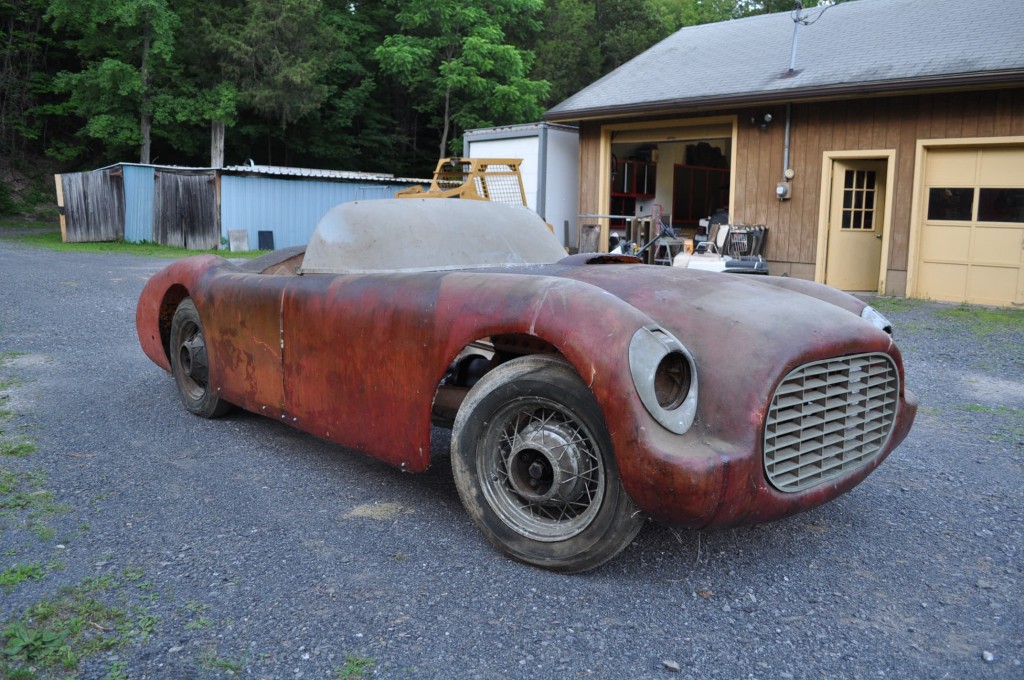
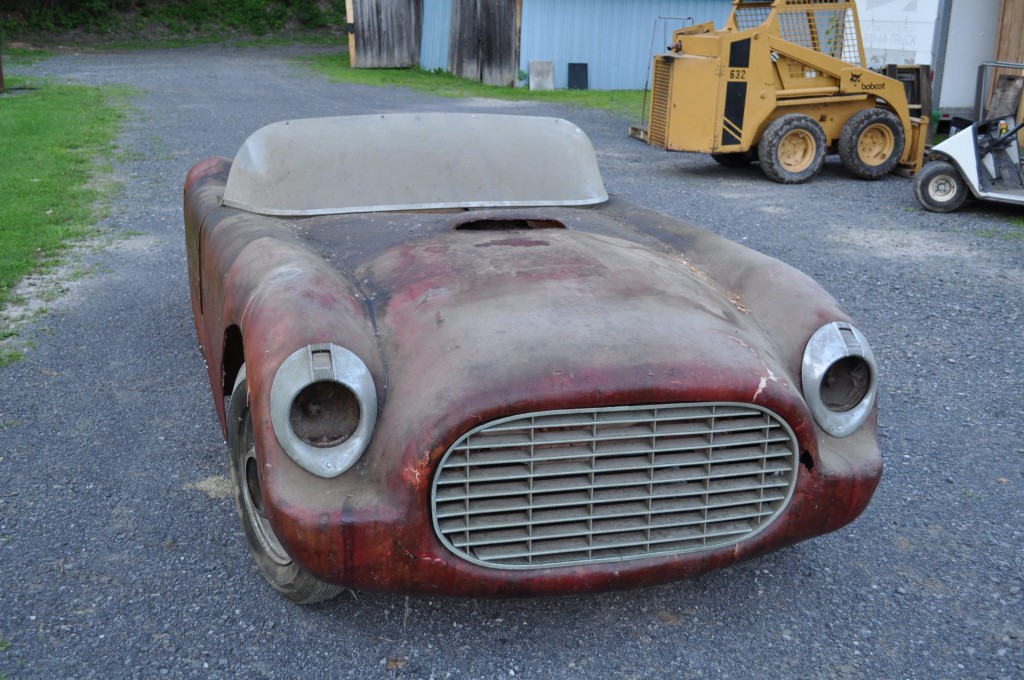
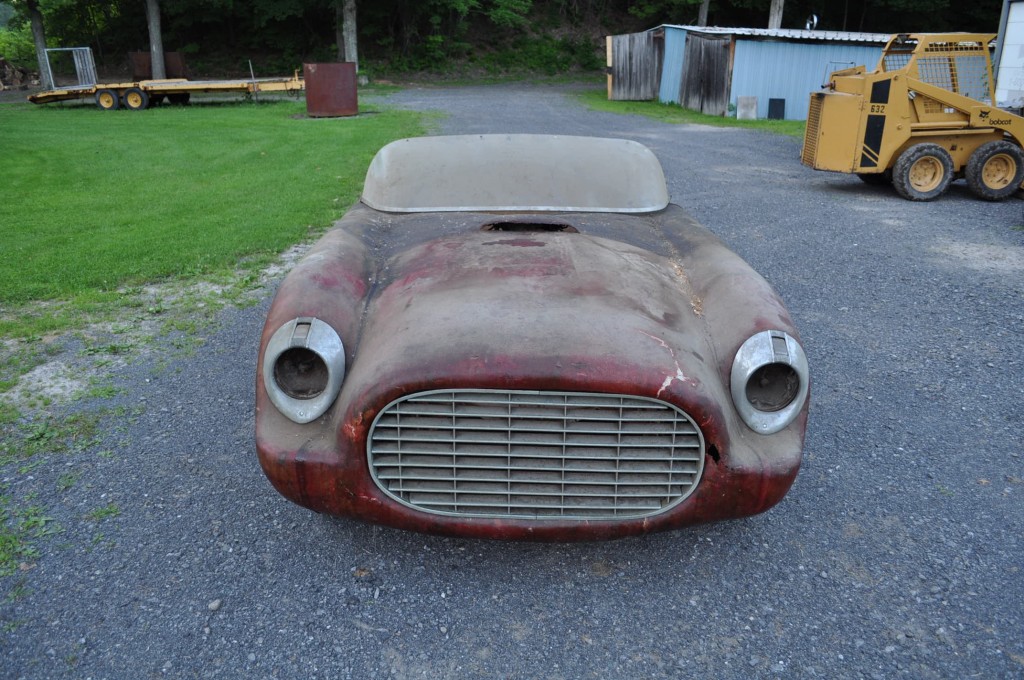
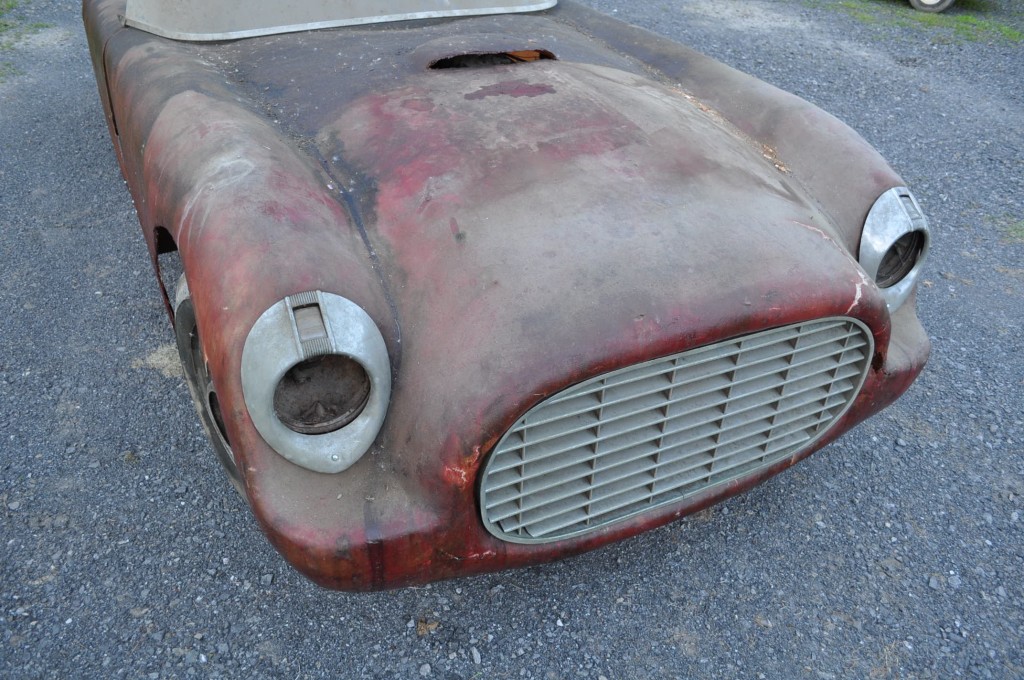
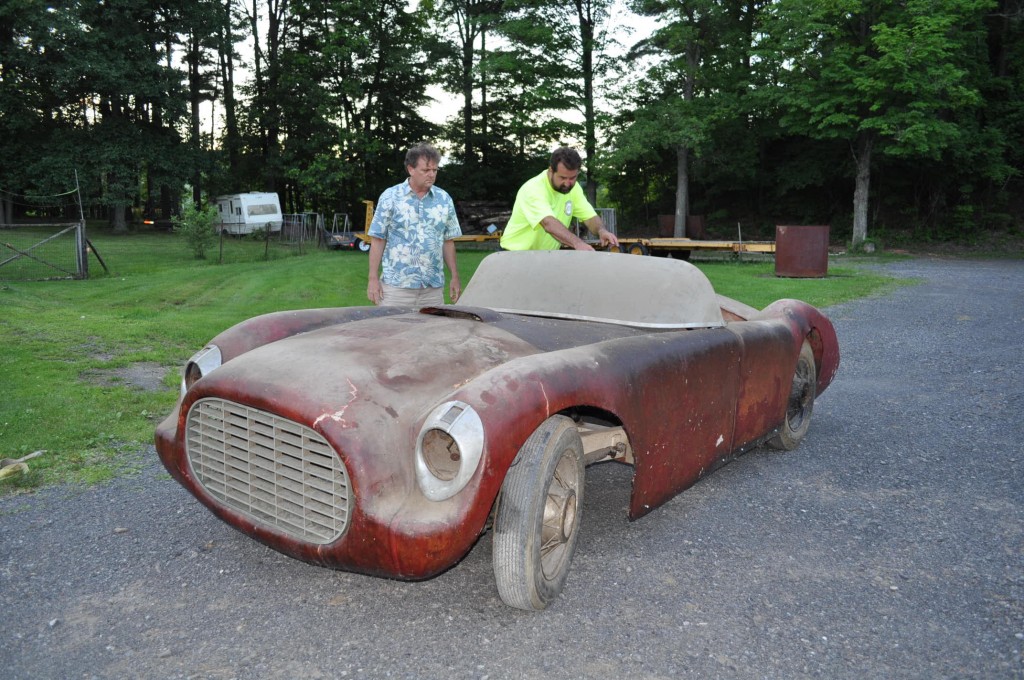
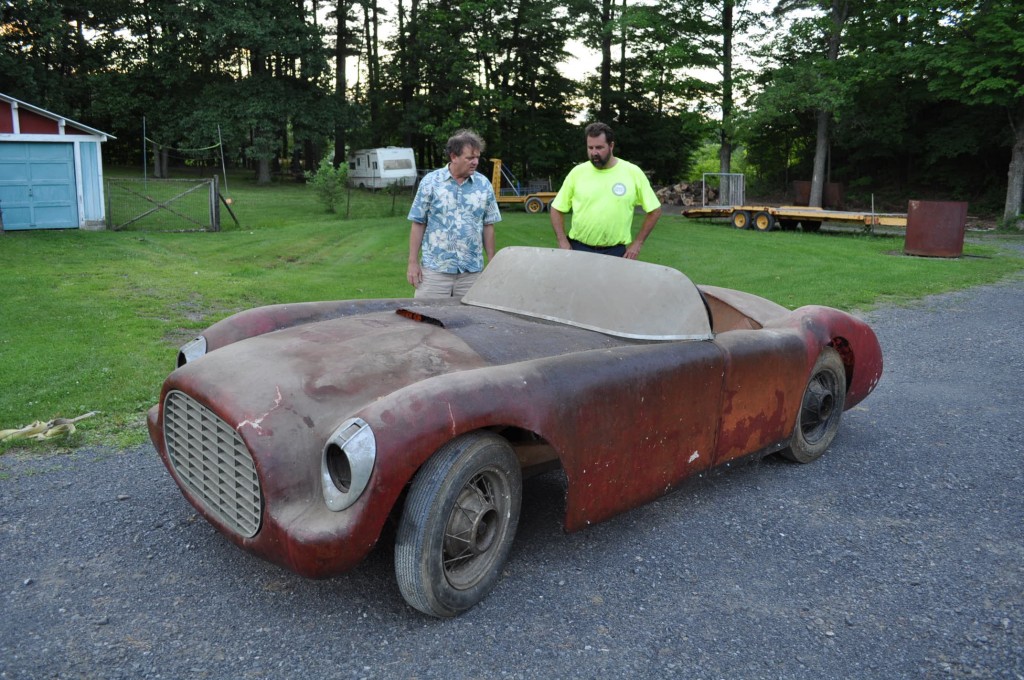
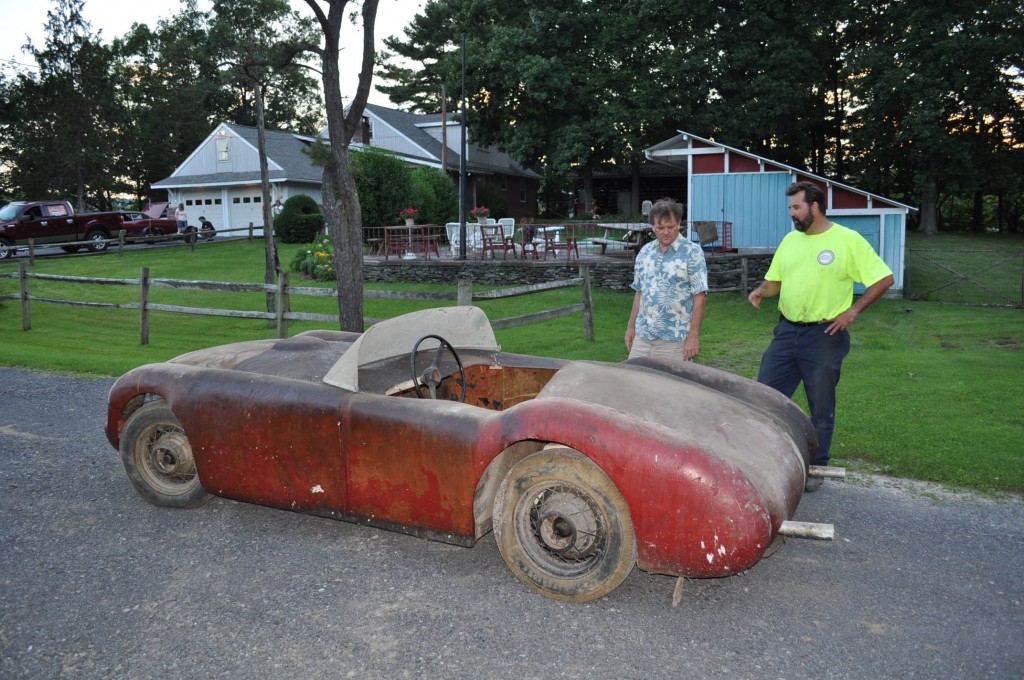
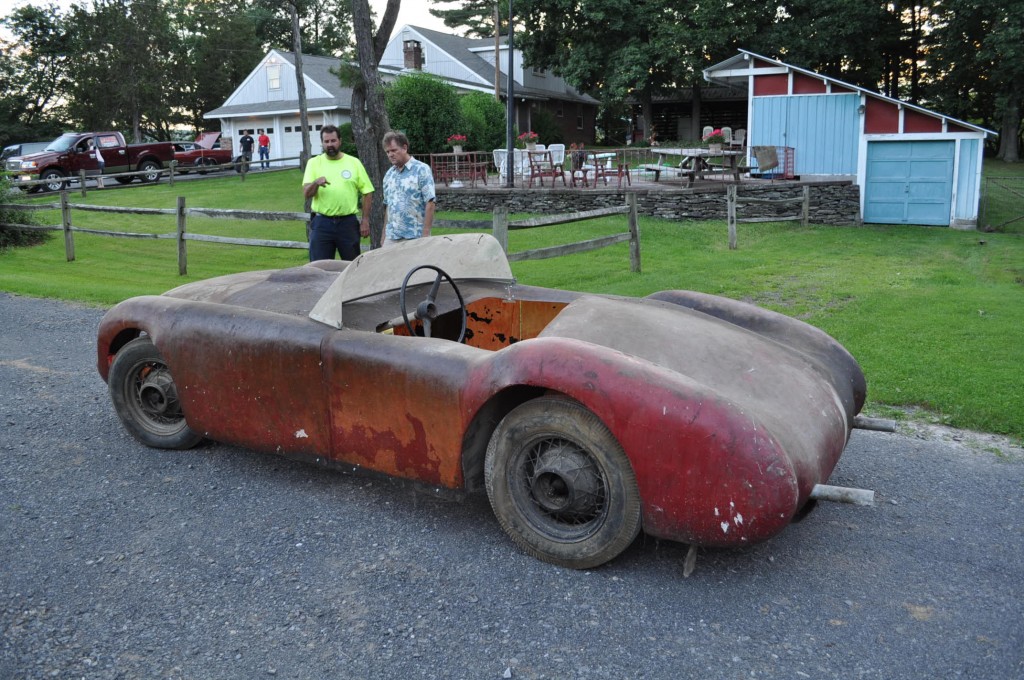
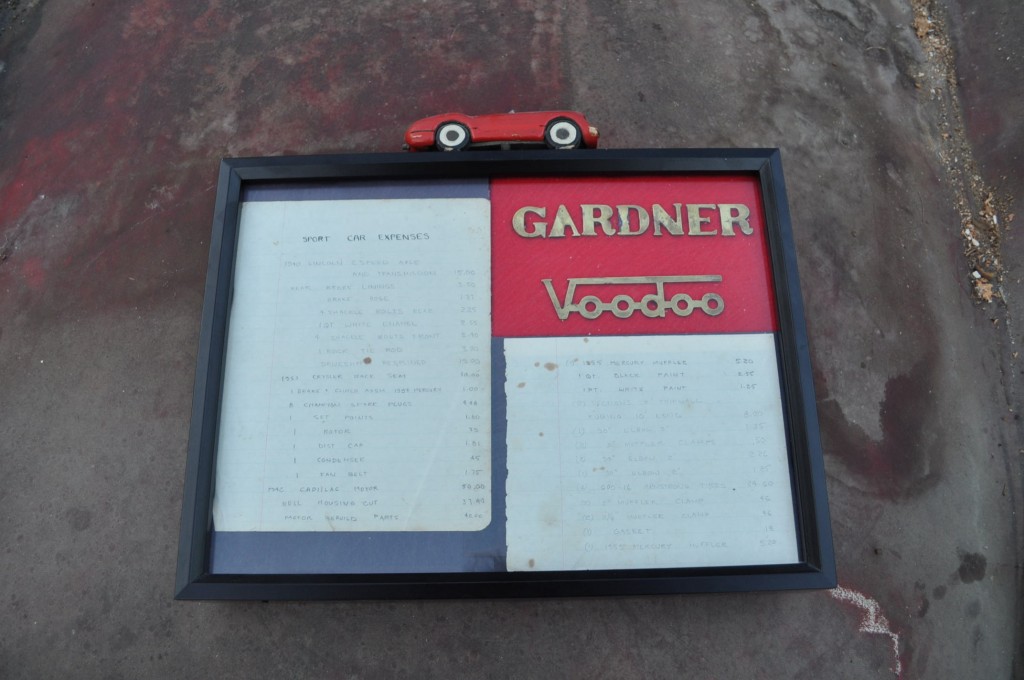
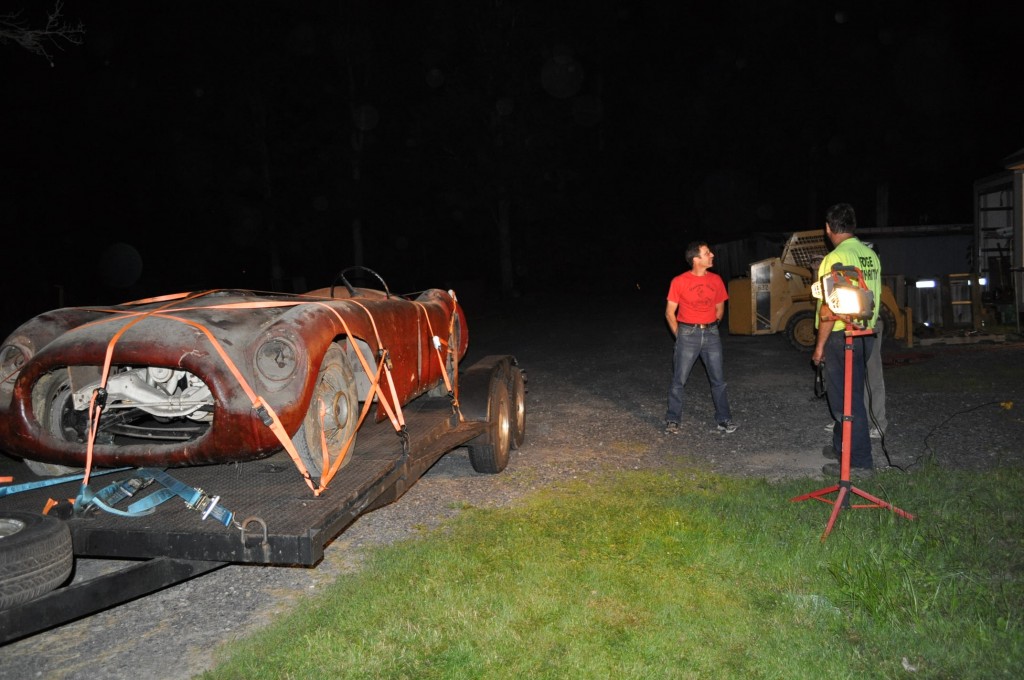
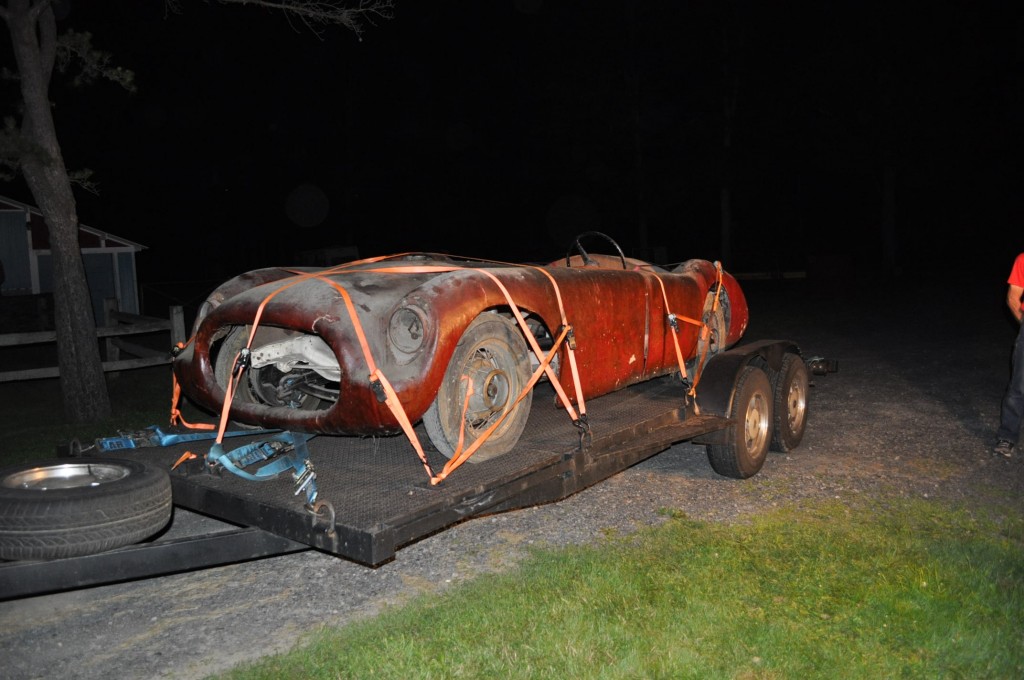
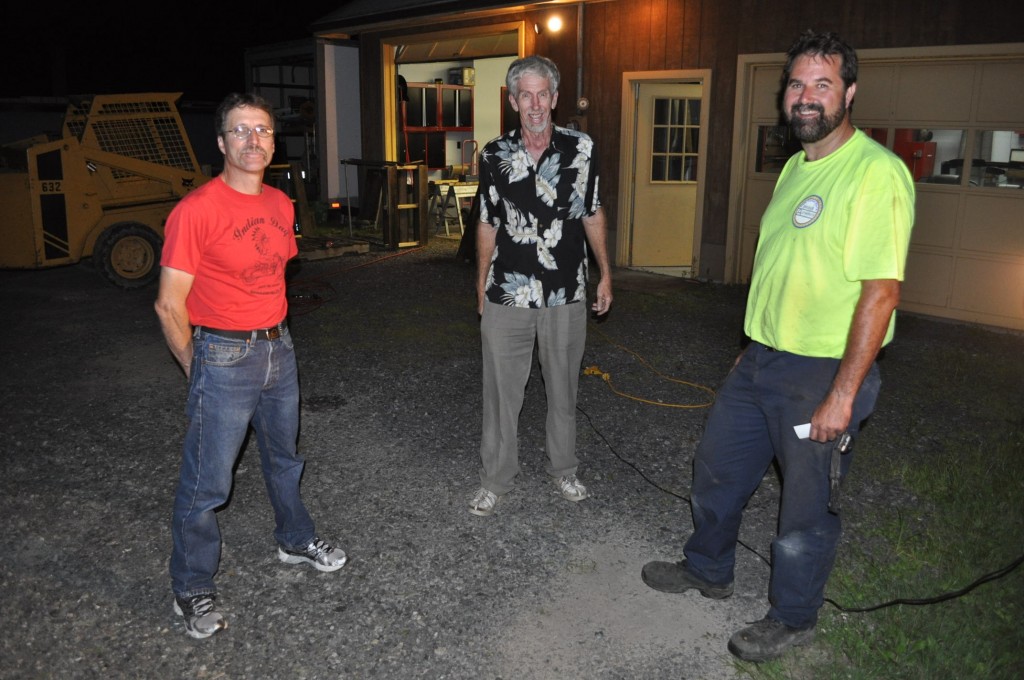
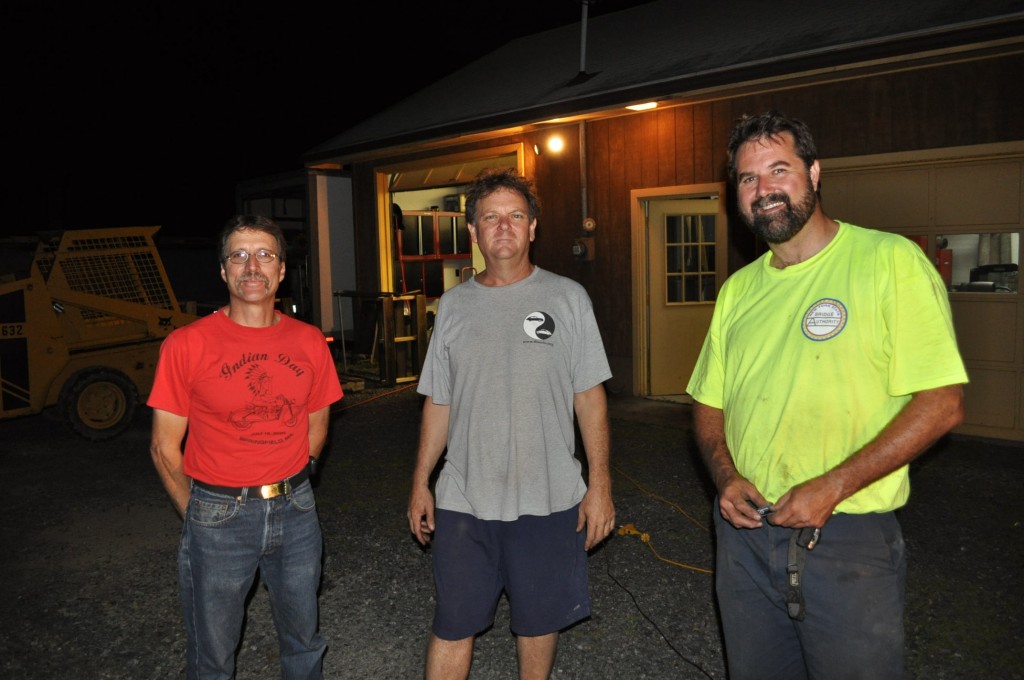
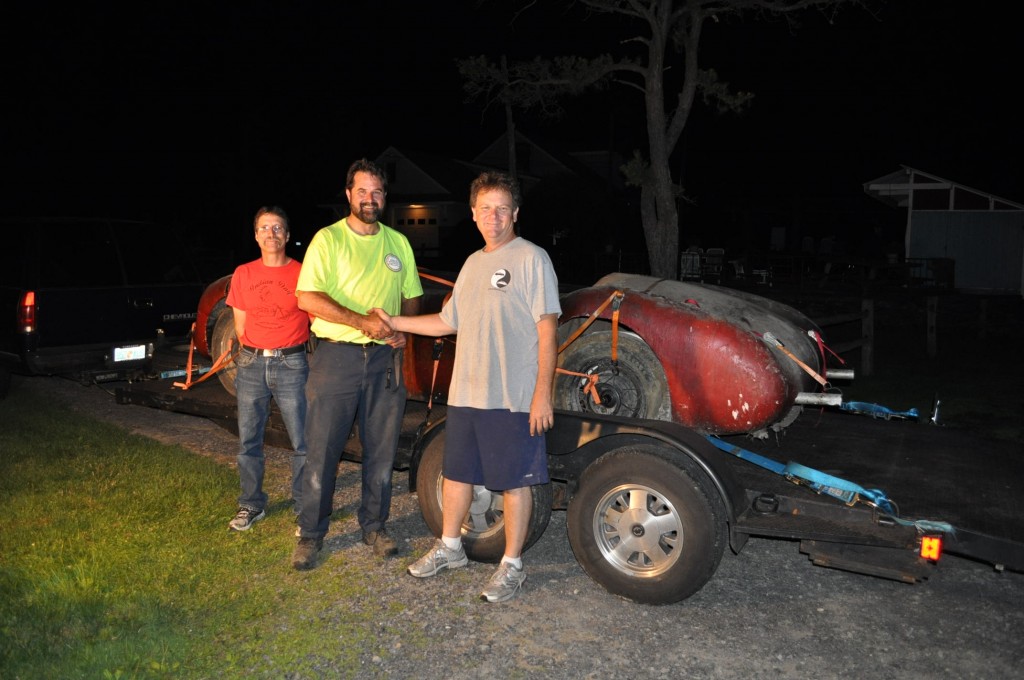
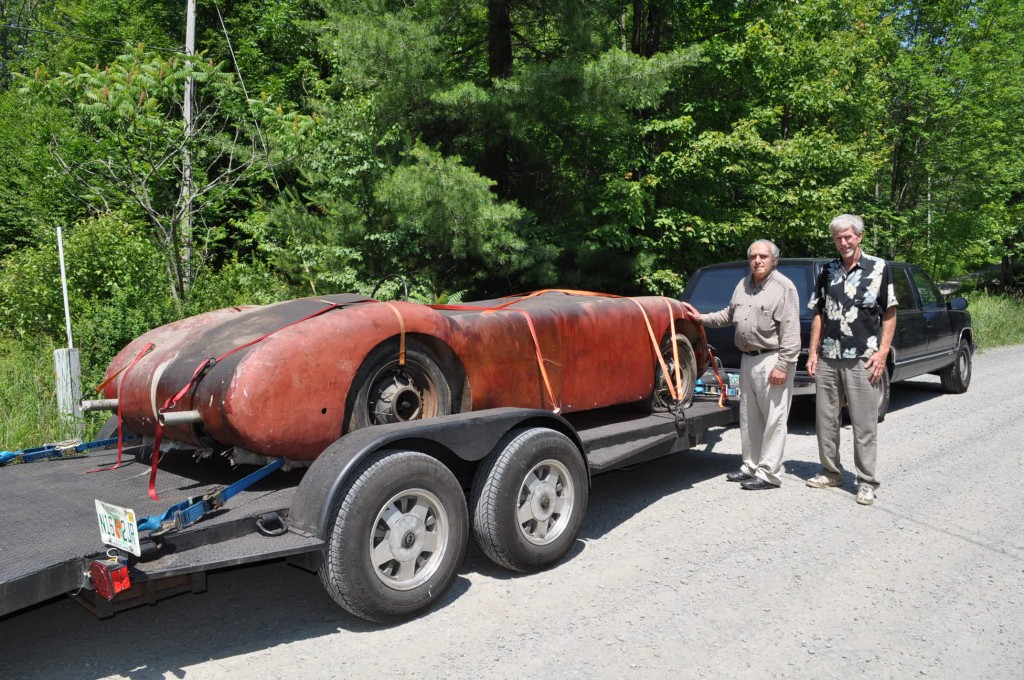
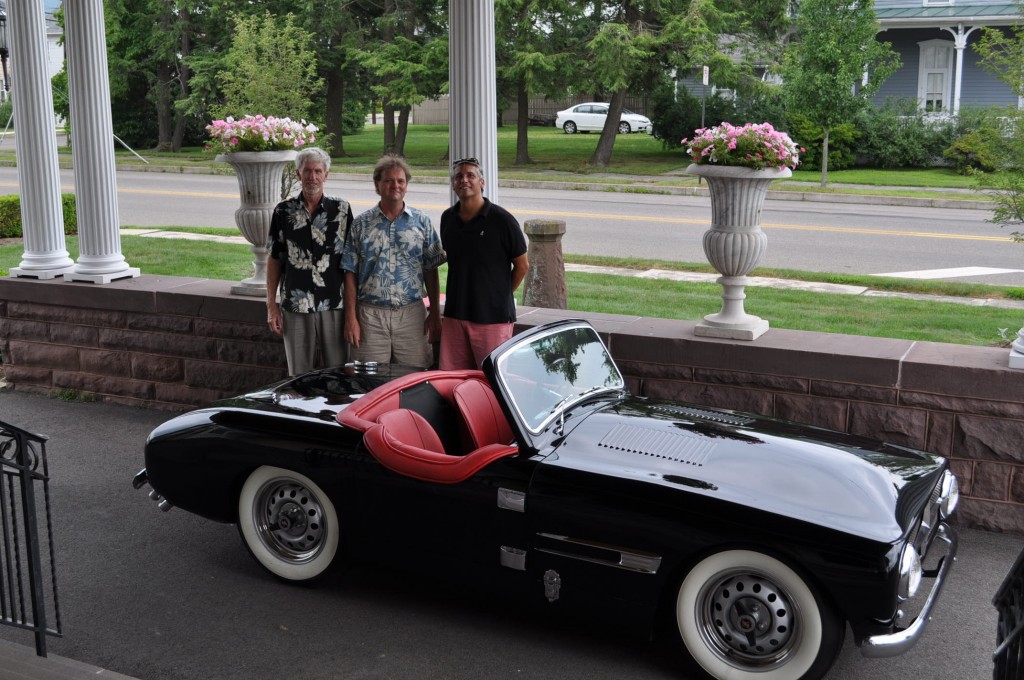
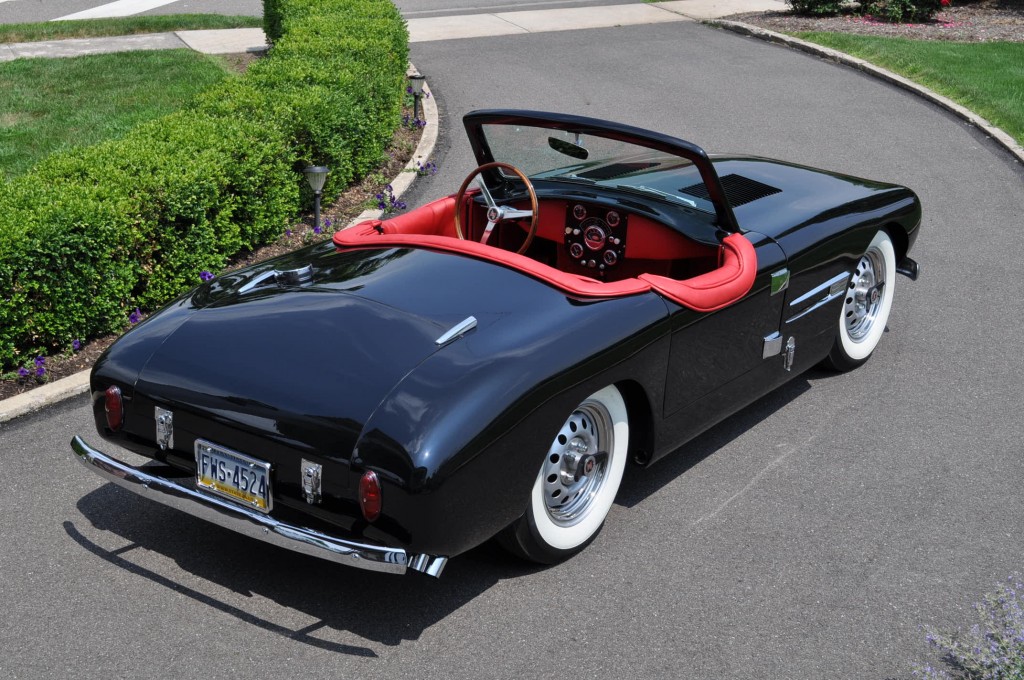
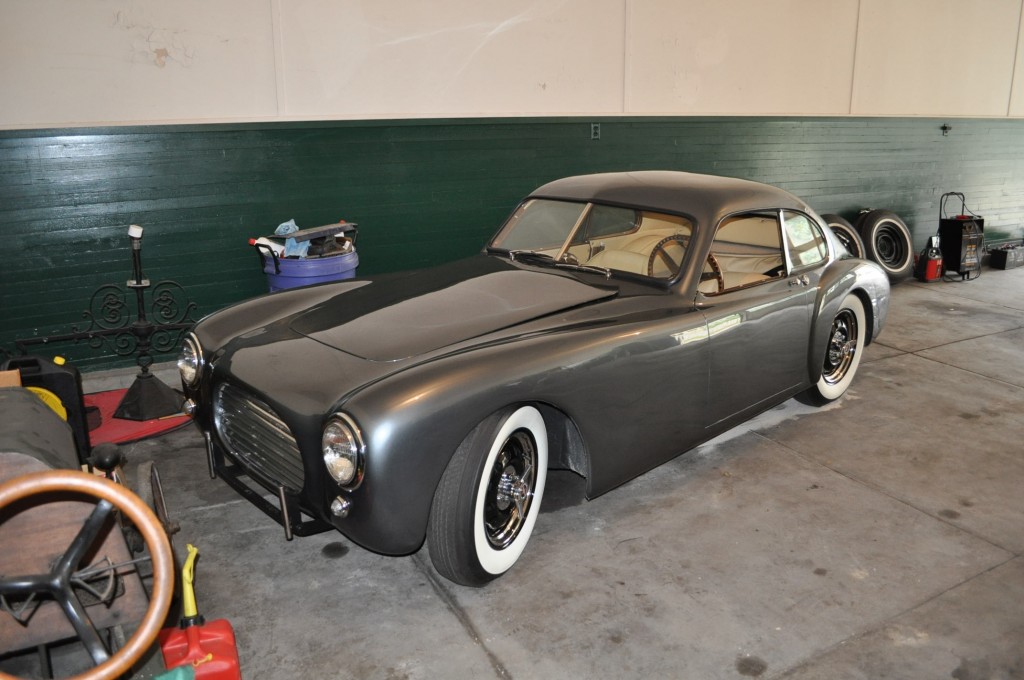
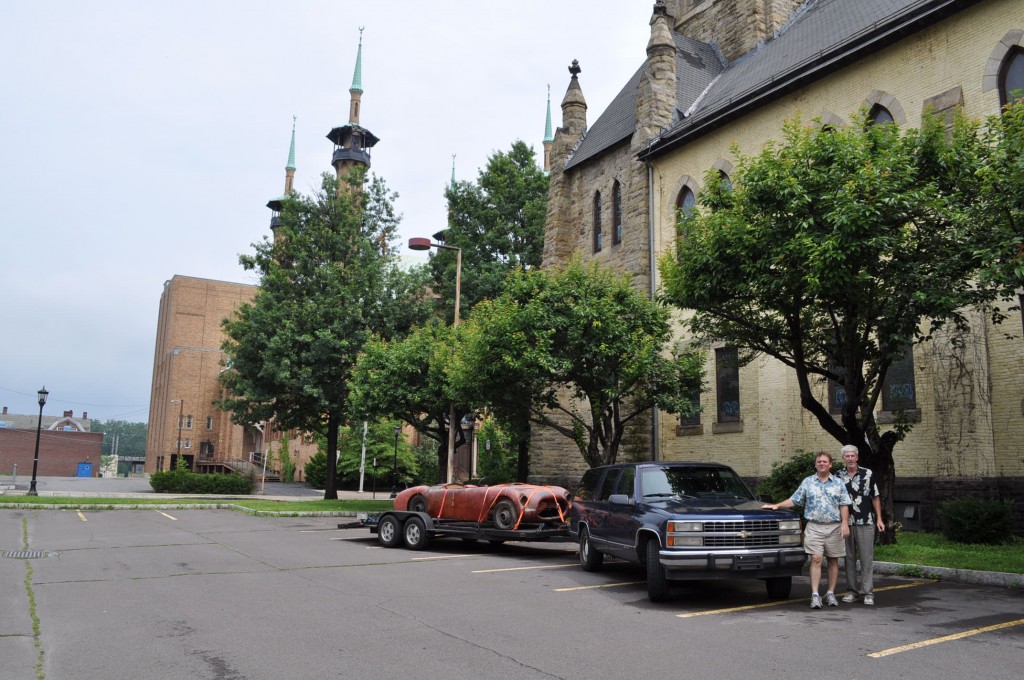
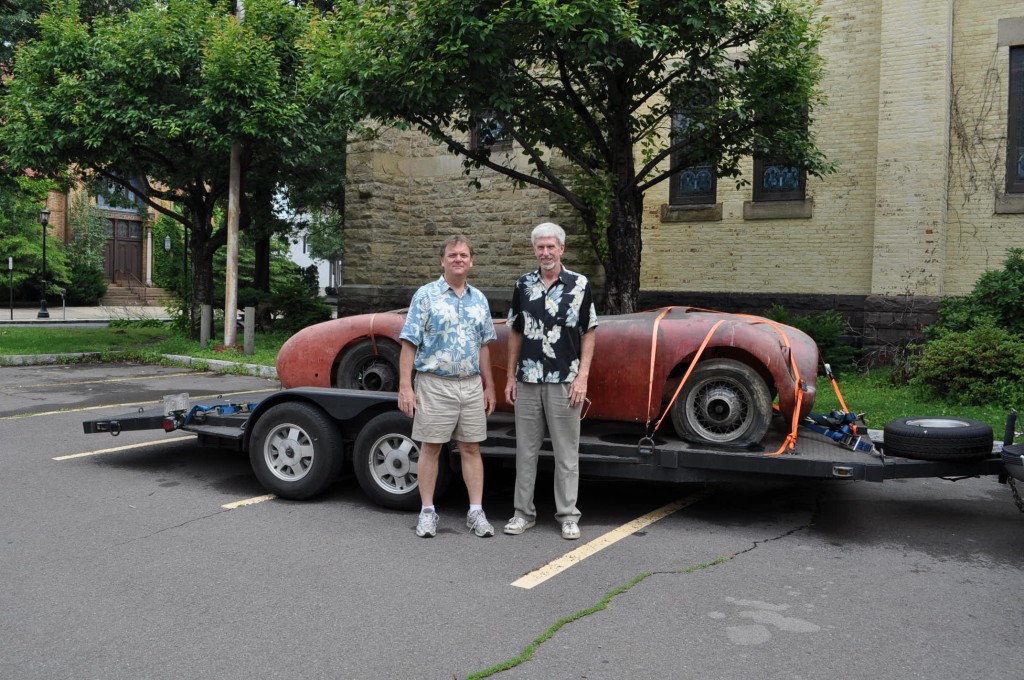
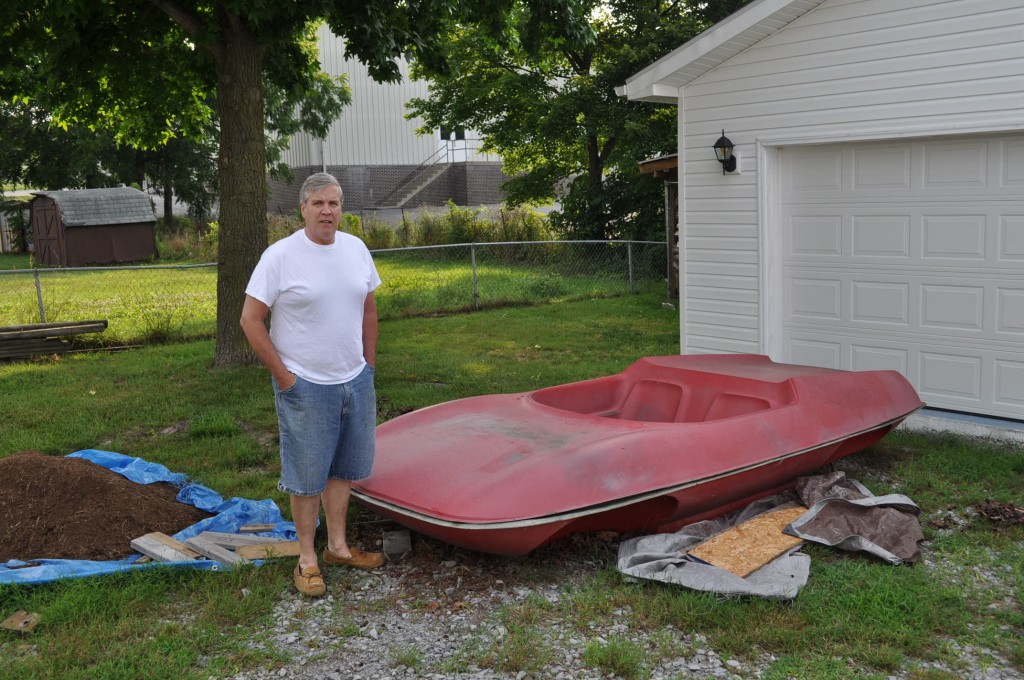
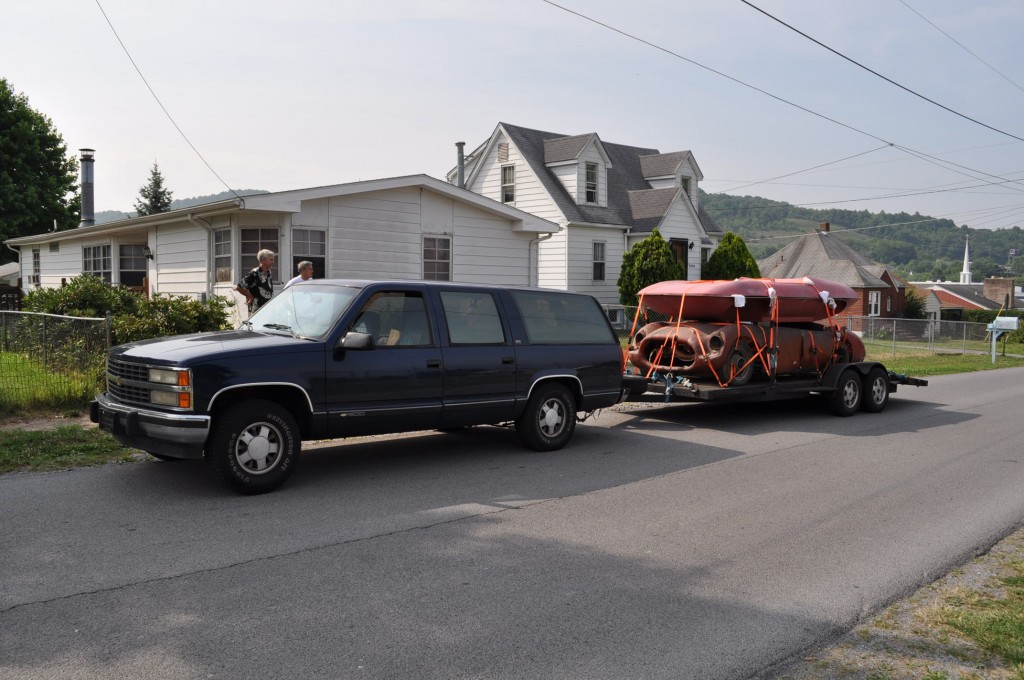
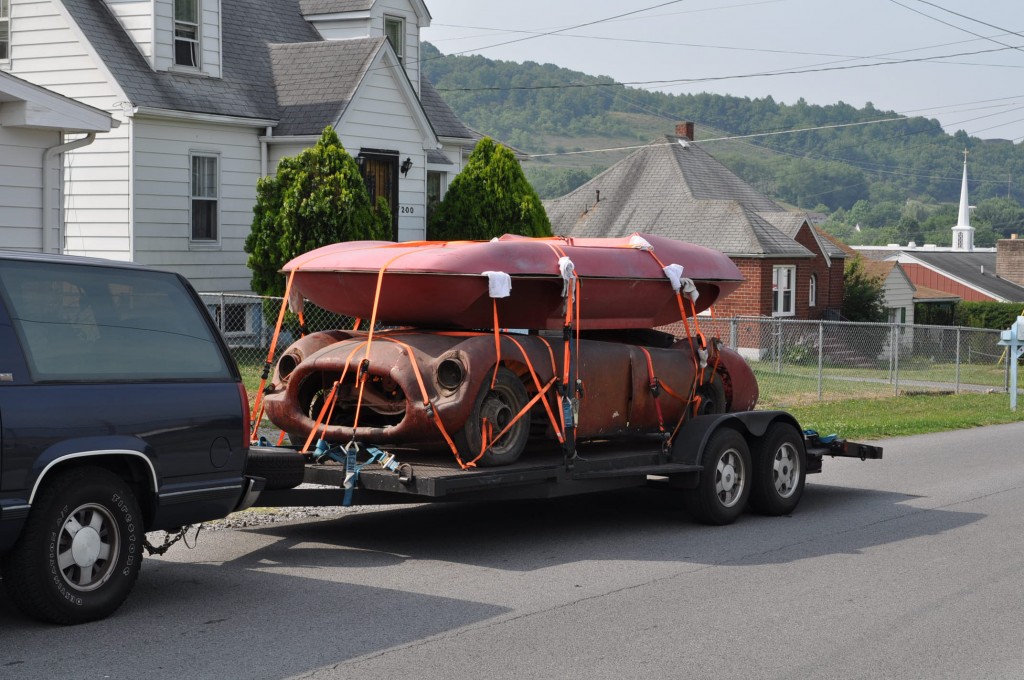
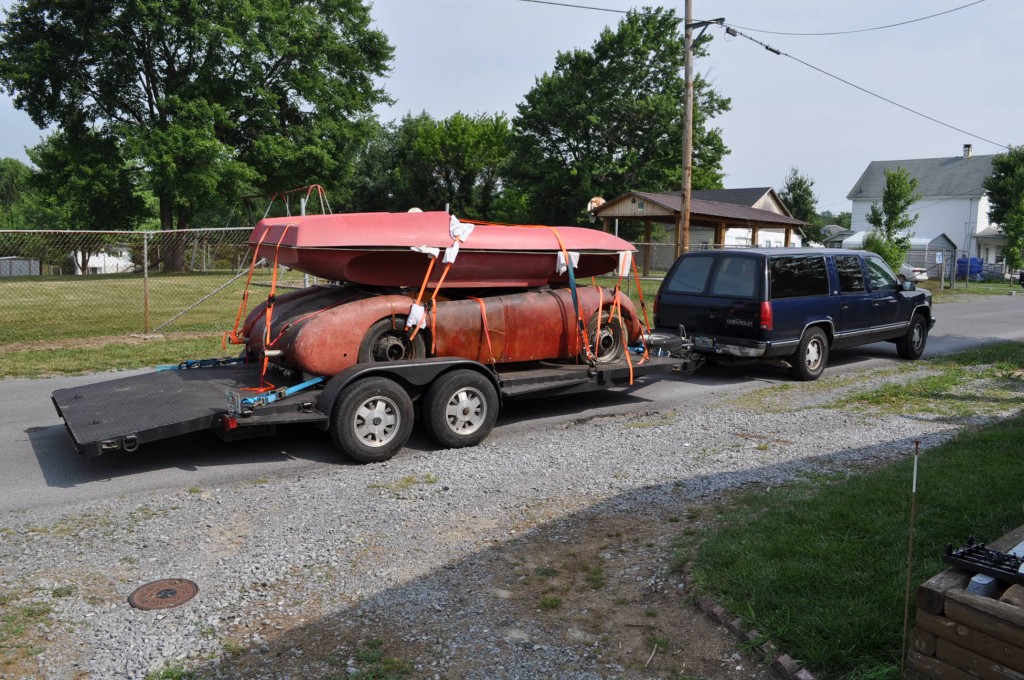
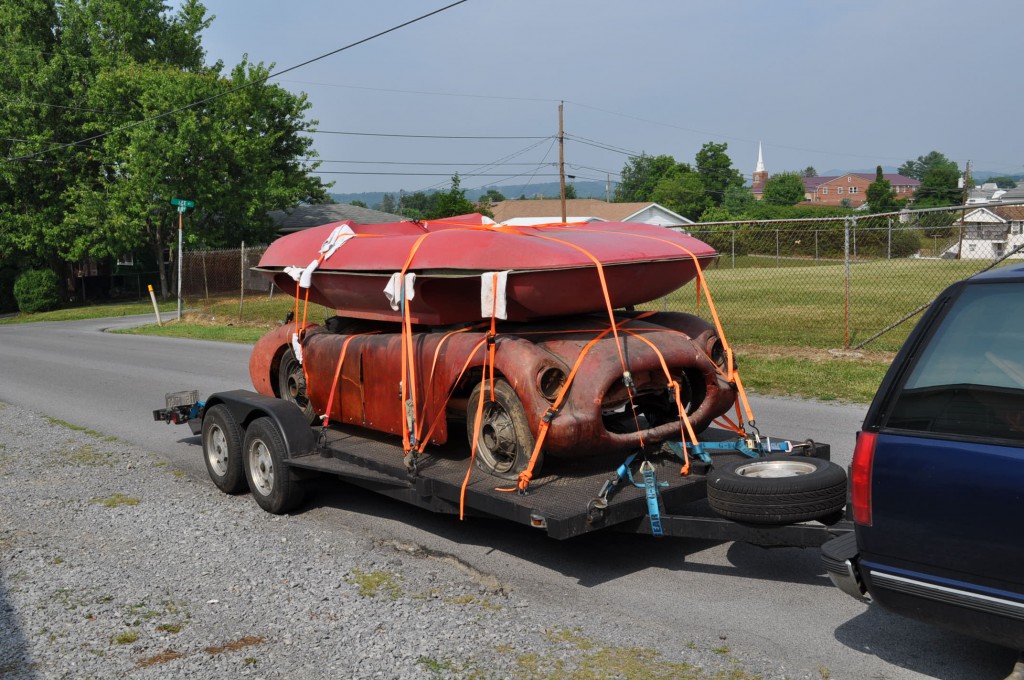
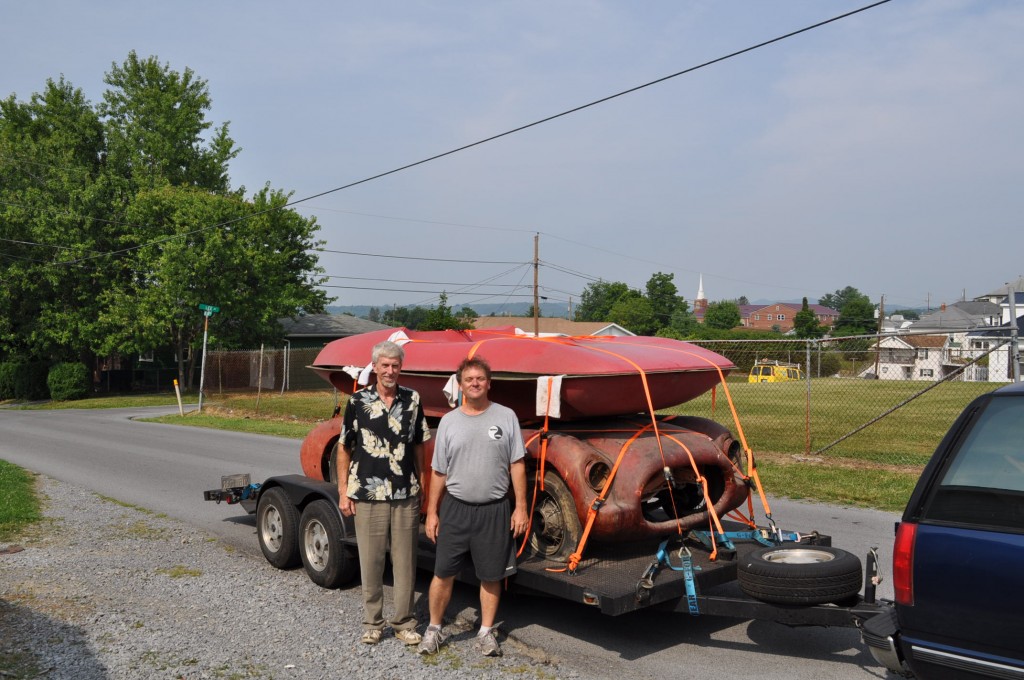
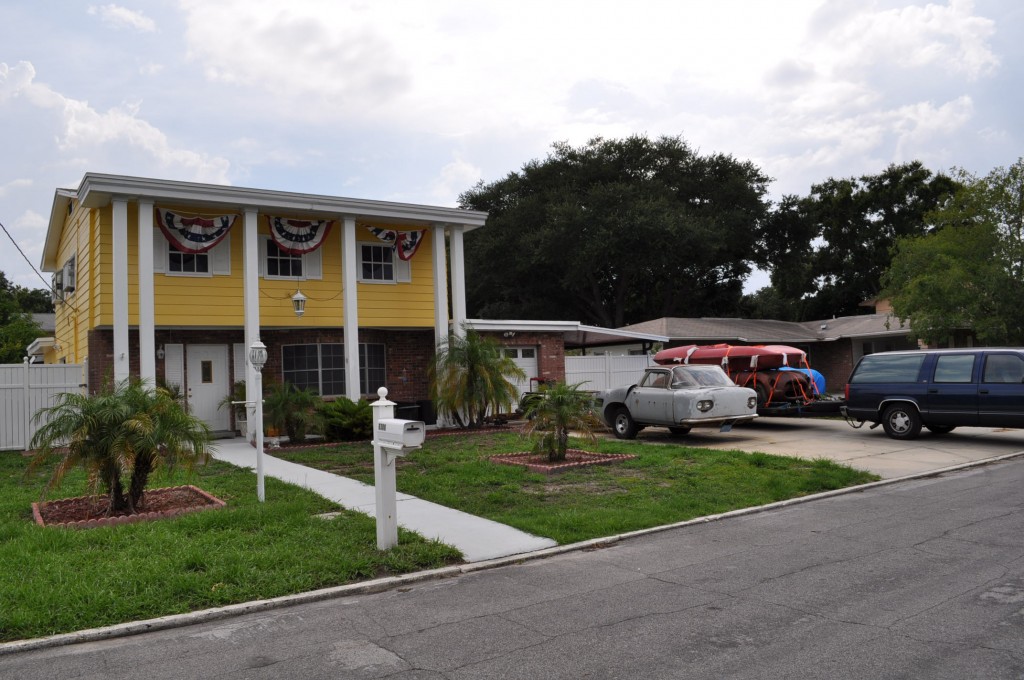
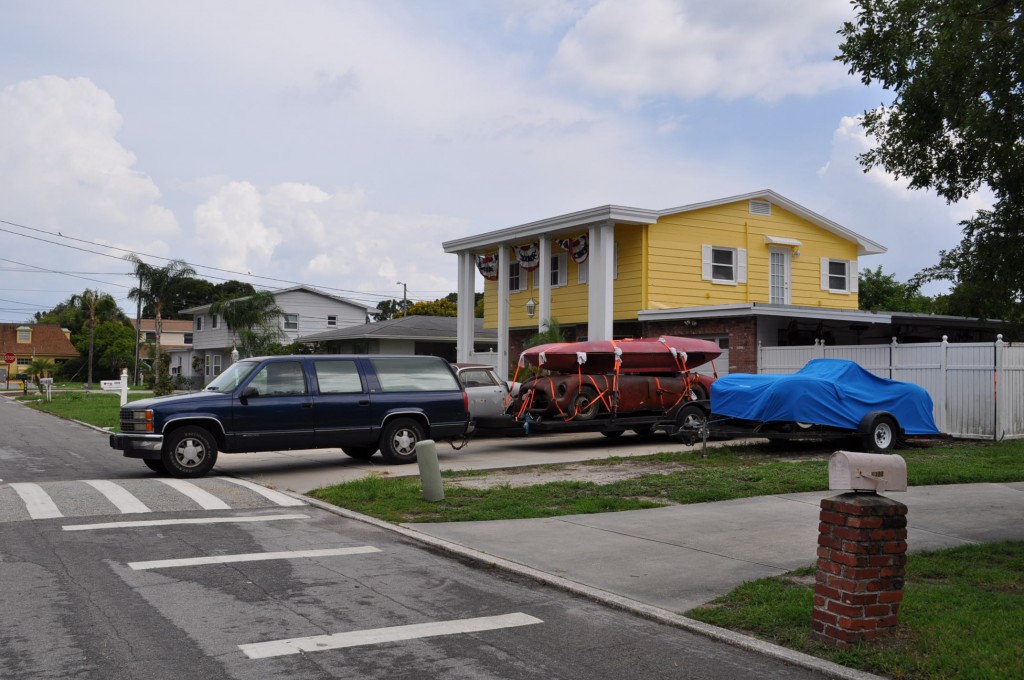
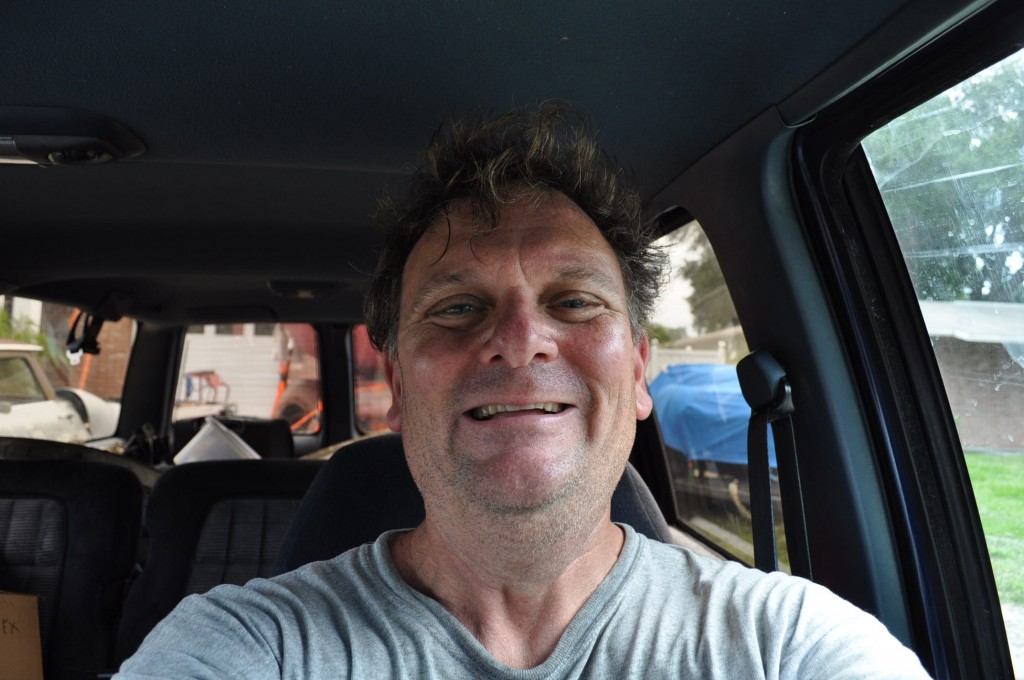
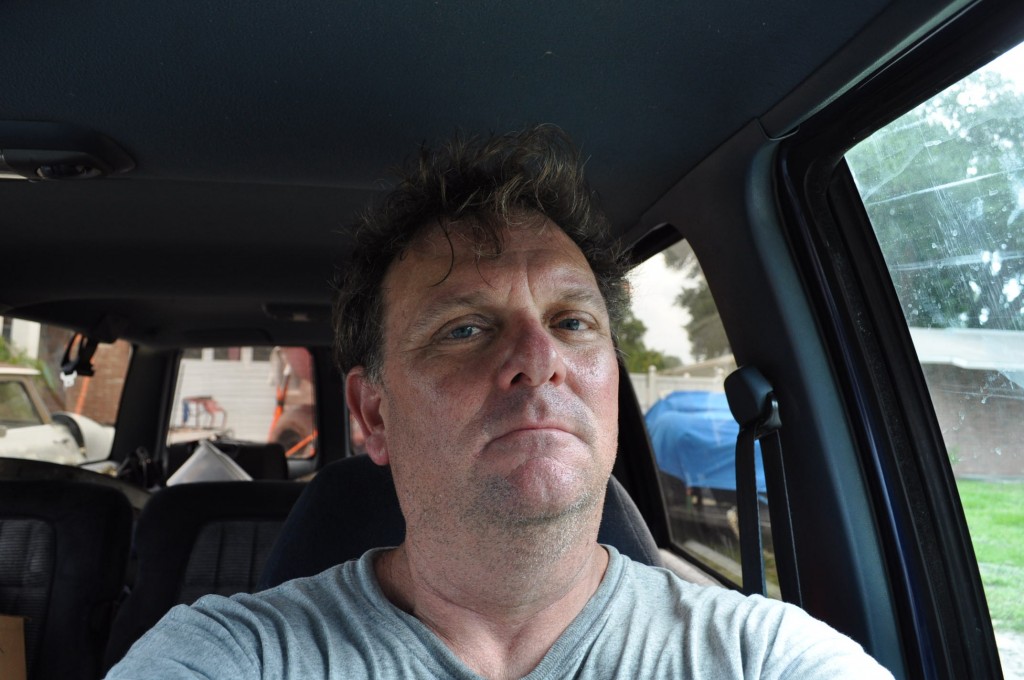
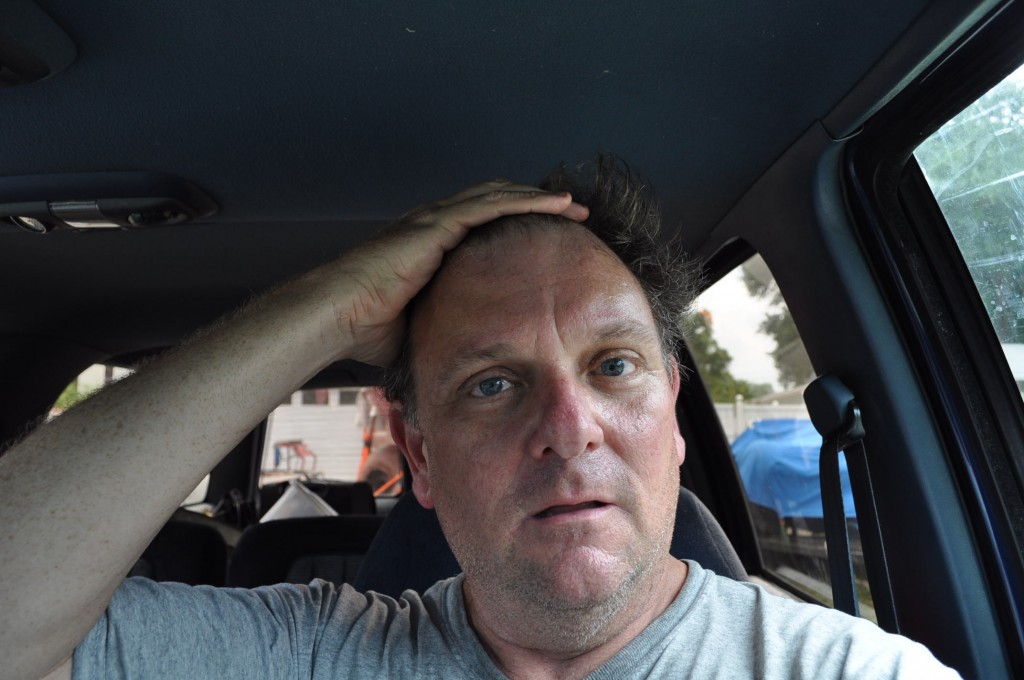
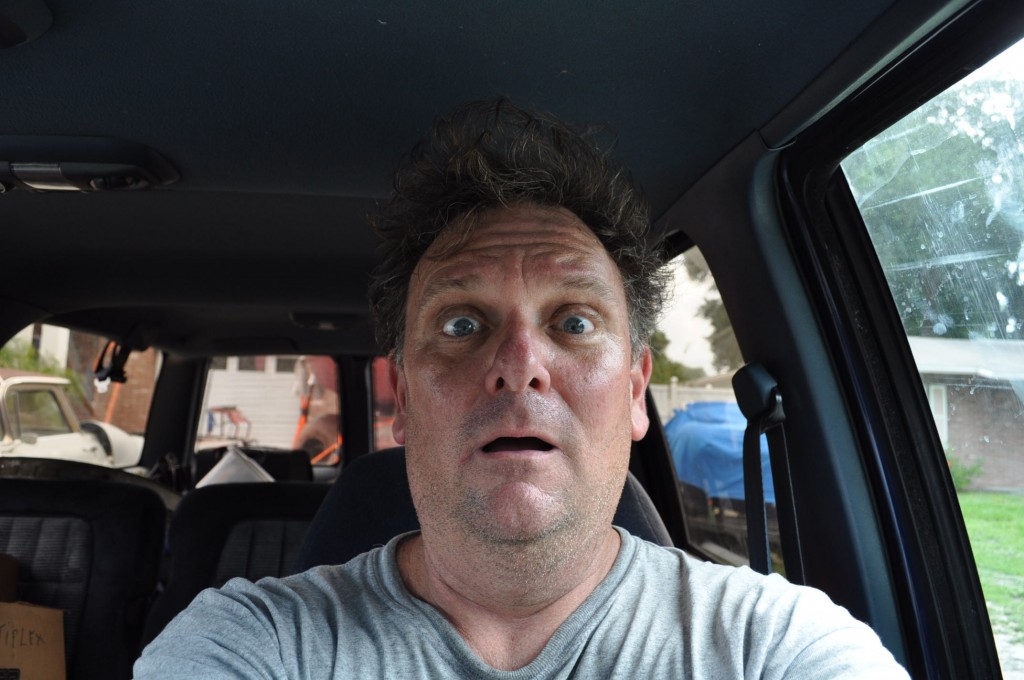
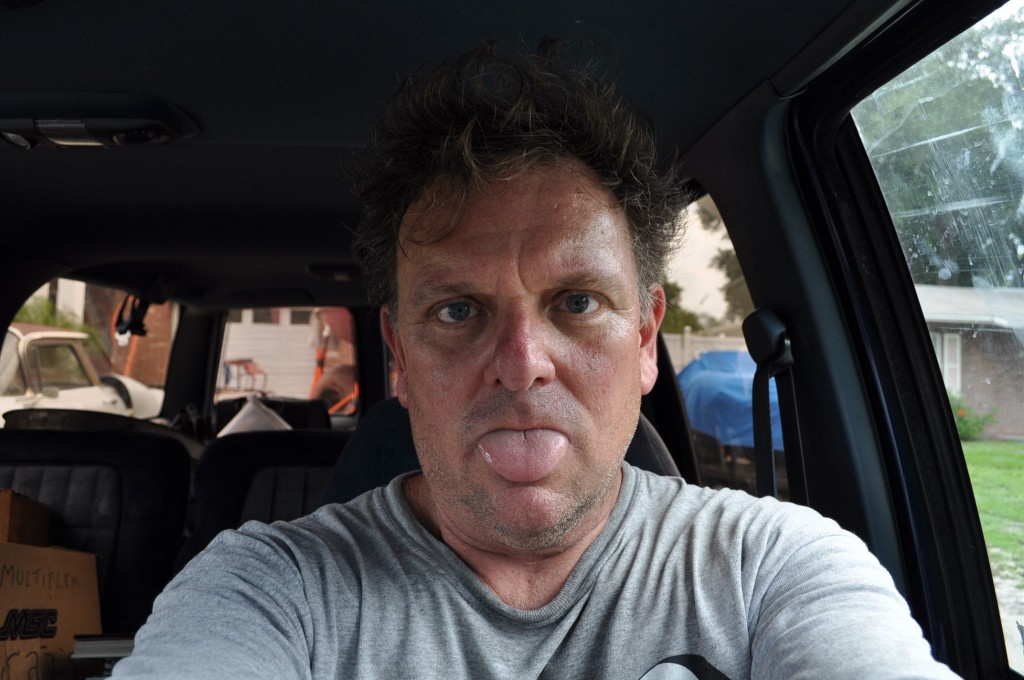
Hey Geoffrey, I came across this post by accident while searching for something else on Google images; The two cars stacked on top of each other looked just like the Victress stacked on my 190sl body when I towed them down from Iowa. In fact I thought for a moment somebody had snapped a picture of my set-up and posted it until I looked closer. Hope all is well.
Eric
now that you have this car,what do you intend to do with it?i hope you will finish it,or sell/give it to someone who will.
@Dan Palatnik…yes.. I’m slimmer. My family said they wanted to see “less” of me. *wink* Geoff
These kinds of stories are the best… Amazing car and history. What a great road trip.
Always interesting to follow a “Bring A Trailer” Hacker&D’Louhy adventure, and worthy acquisitions (although those 40Ford headlights don’t quite add to the sporty look). And i could not help noticing Mr. Hacker is looking a bit slimmer (?).